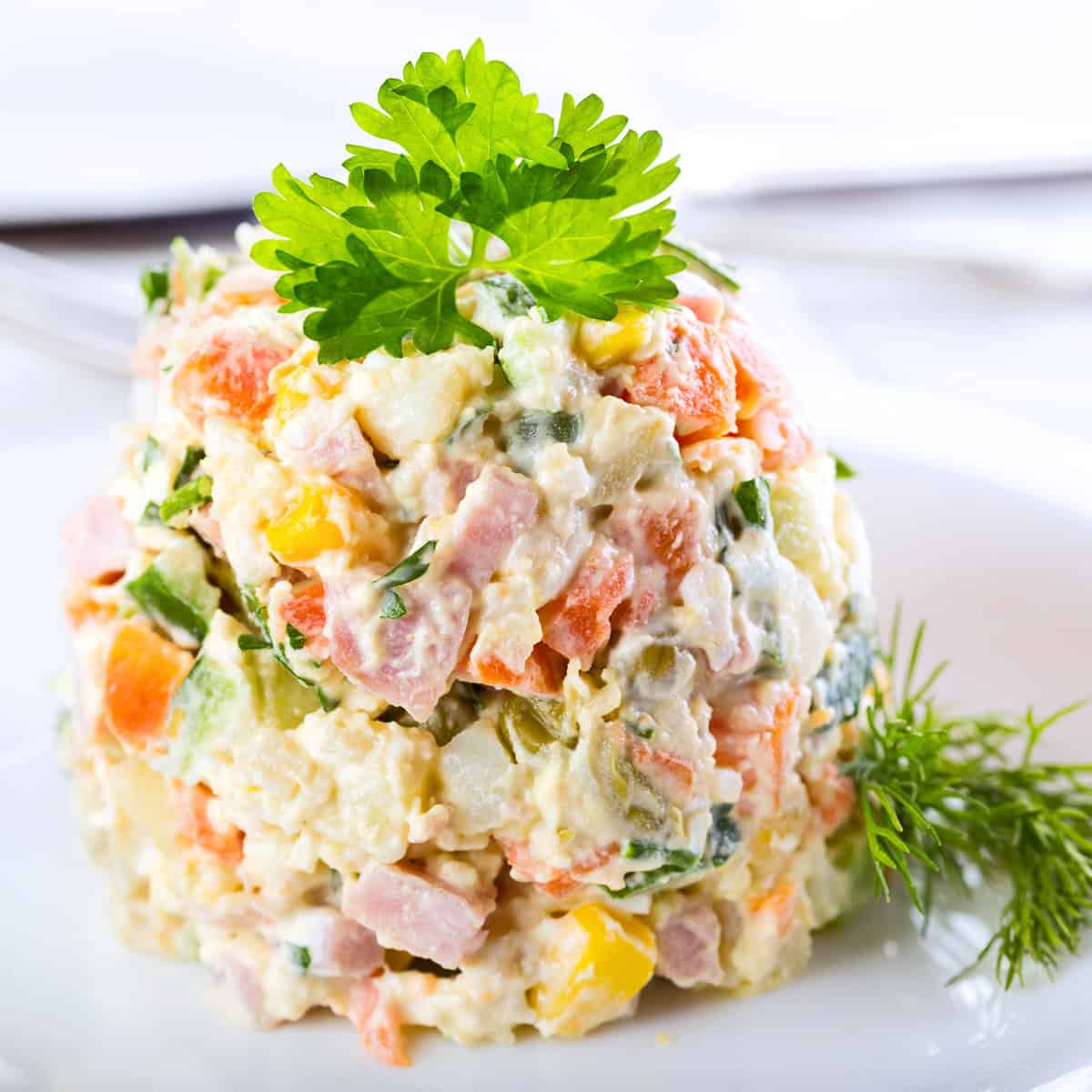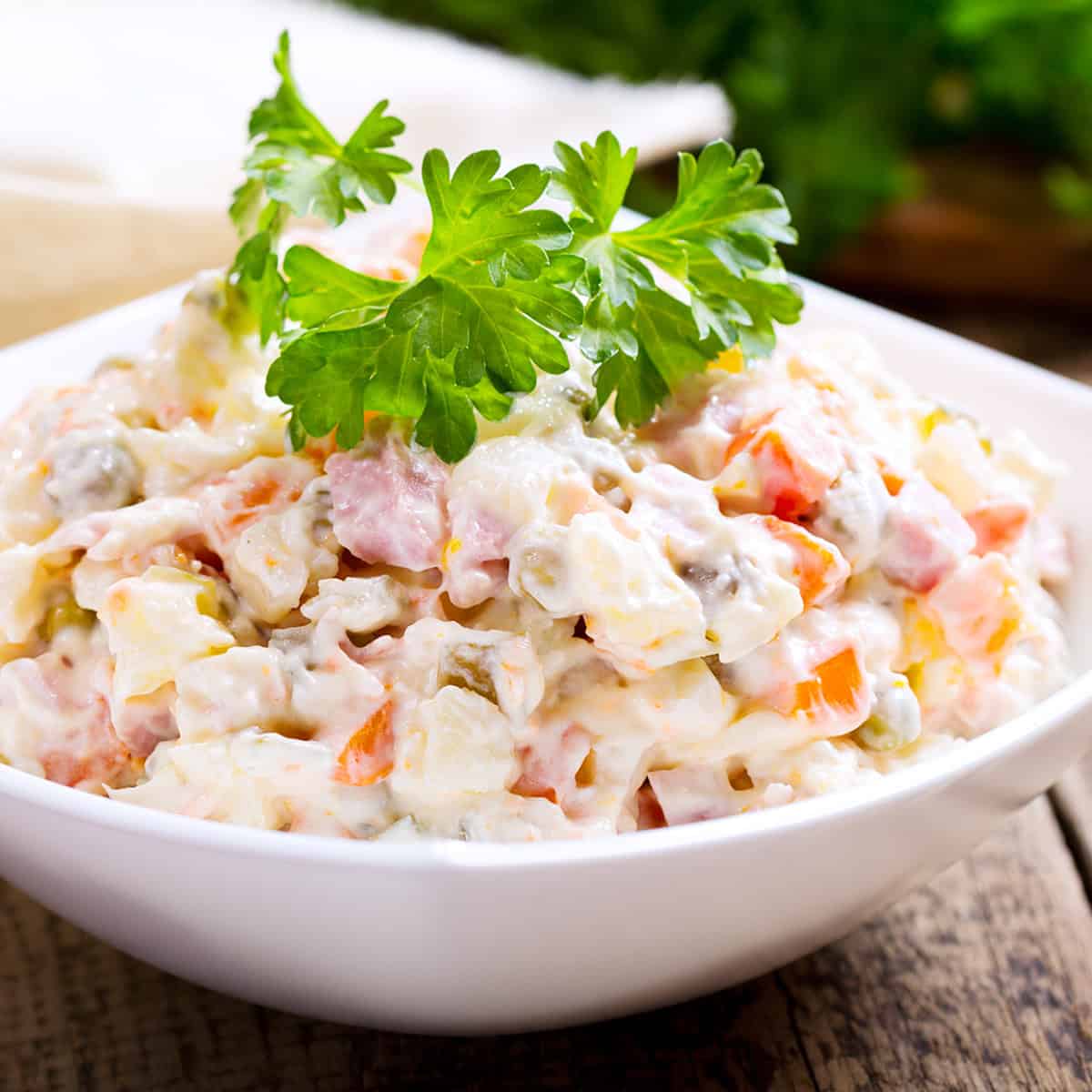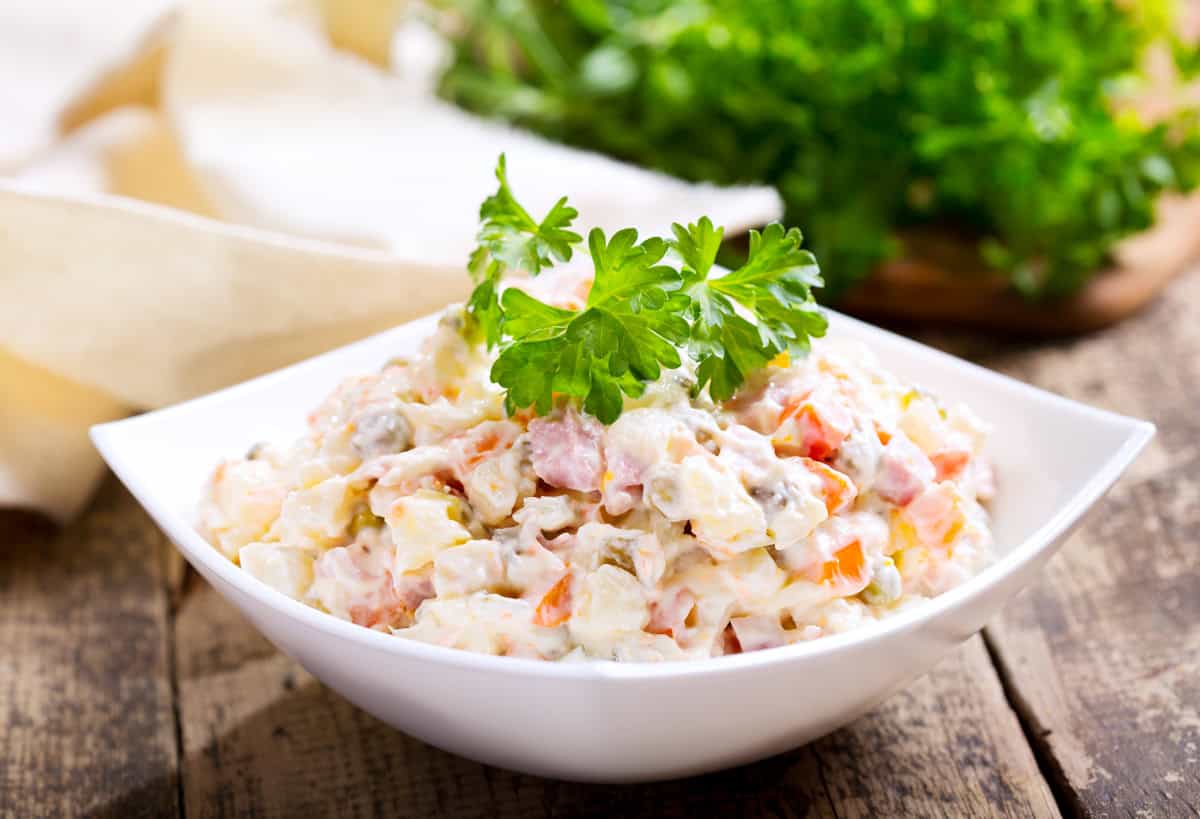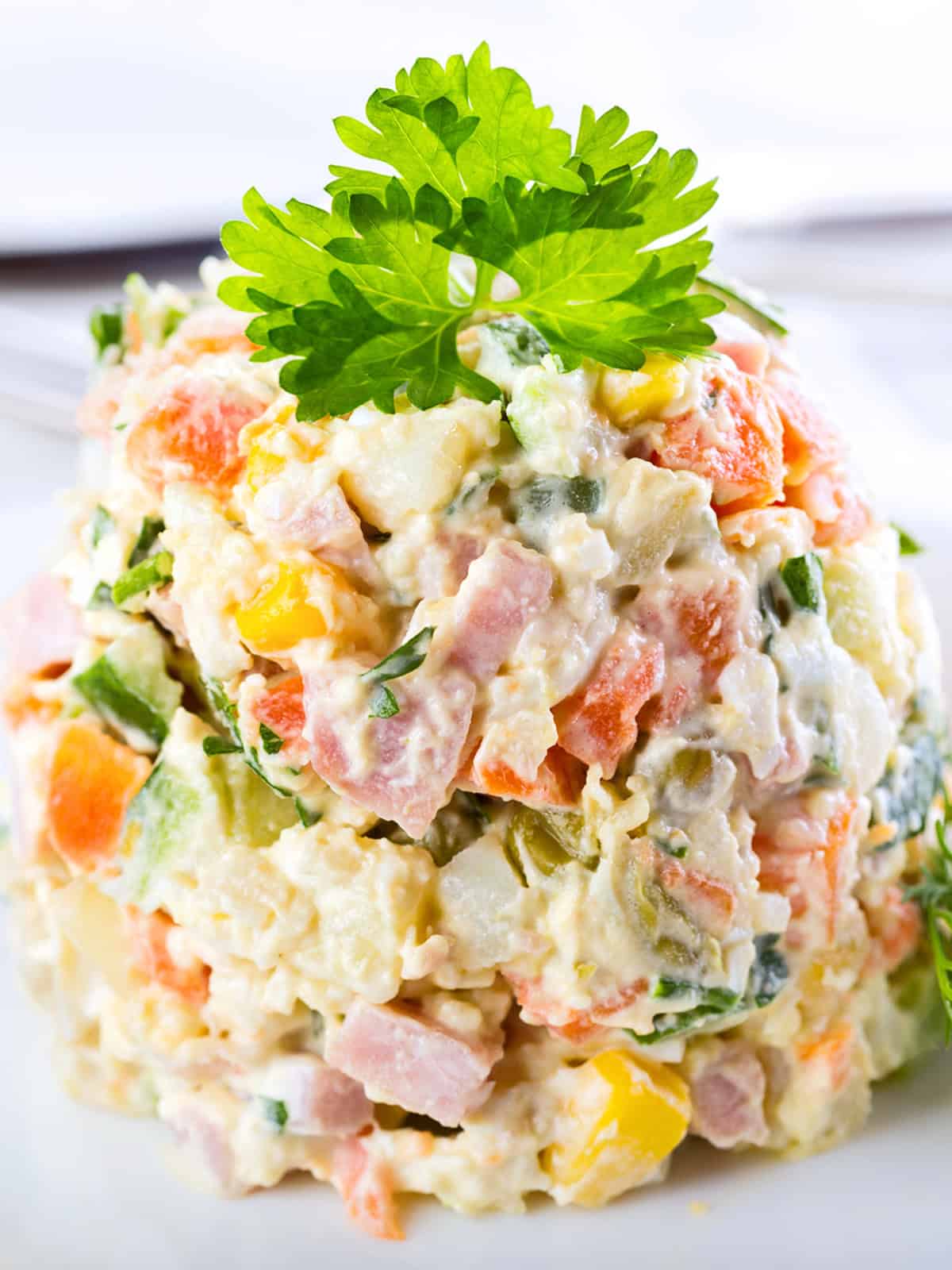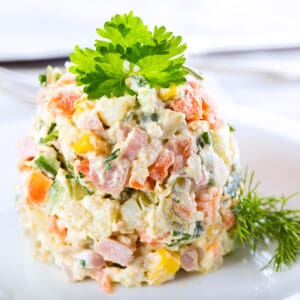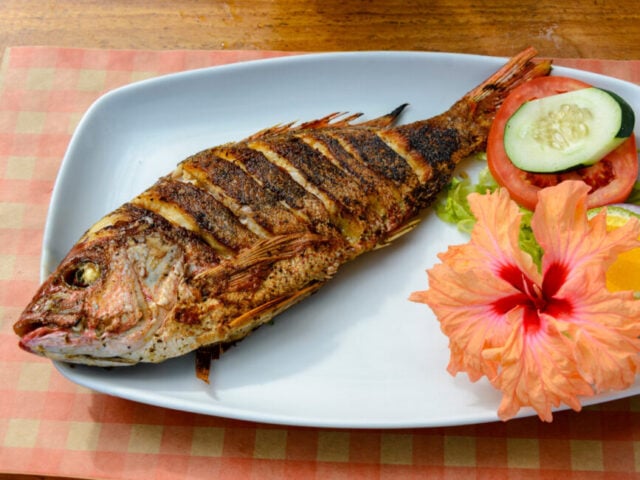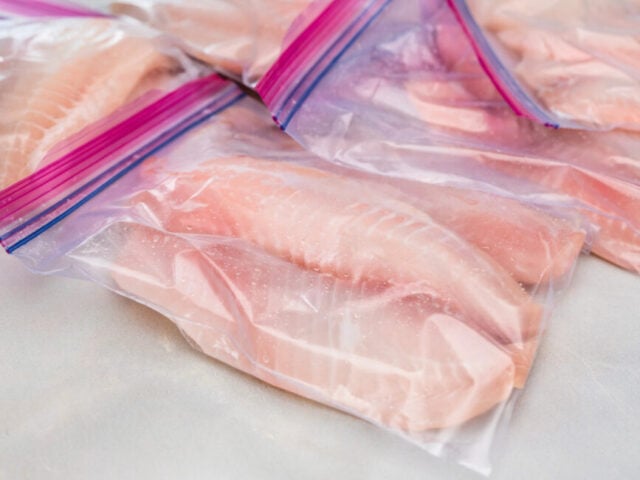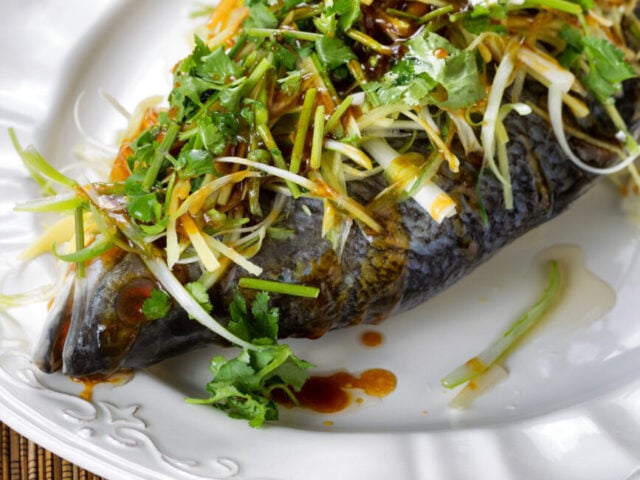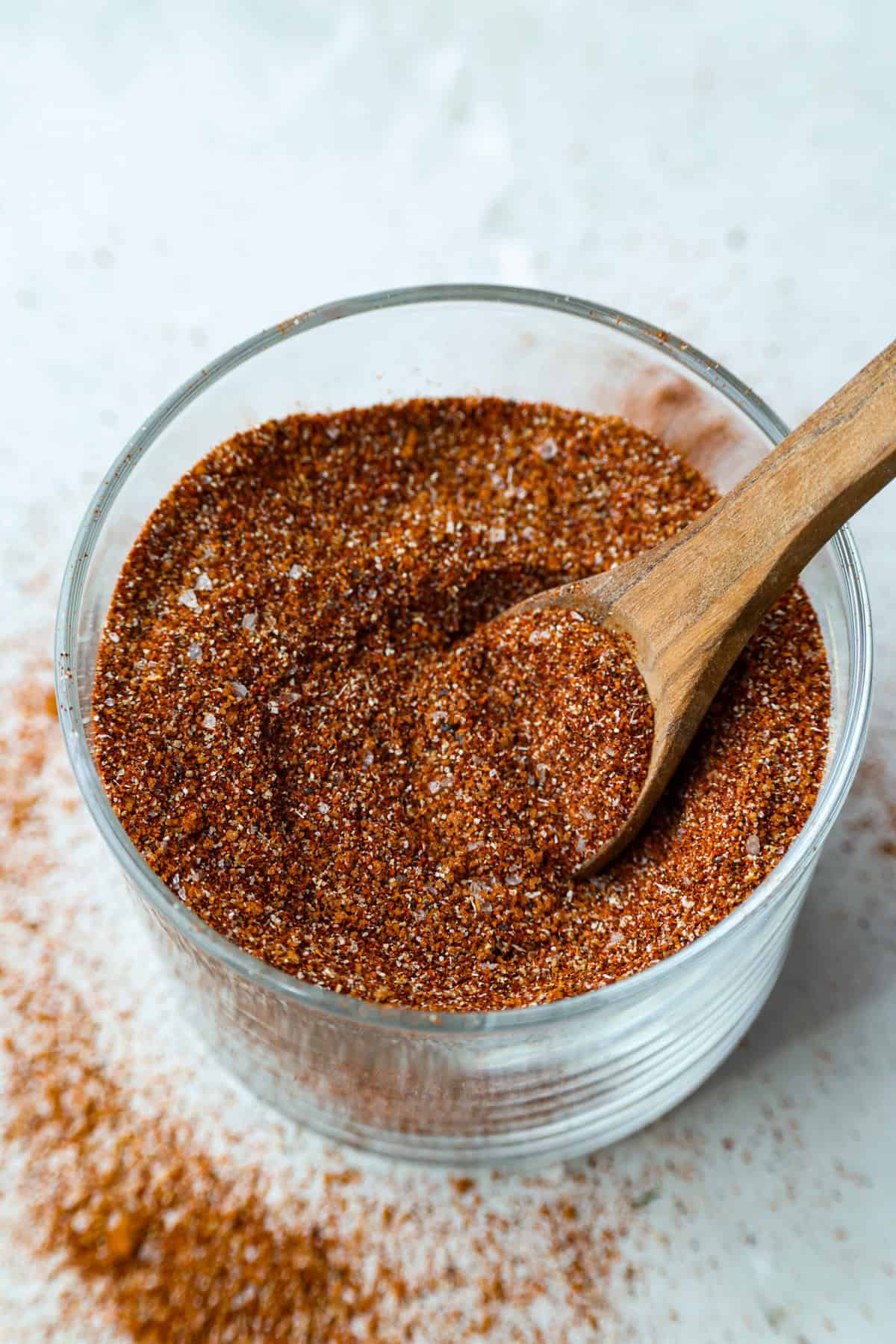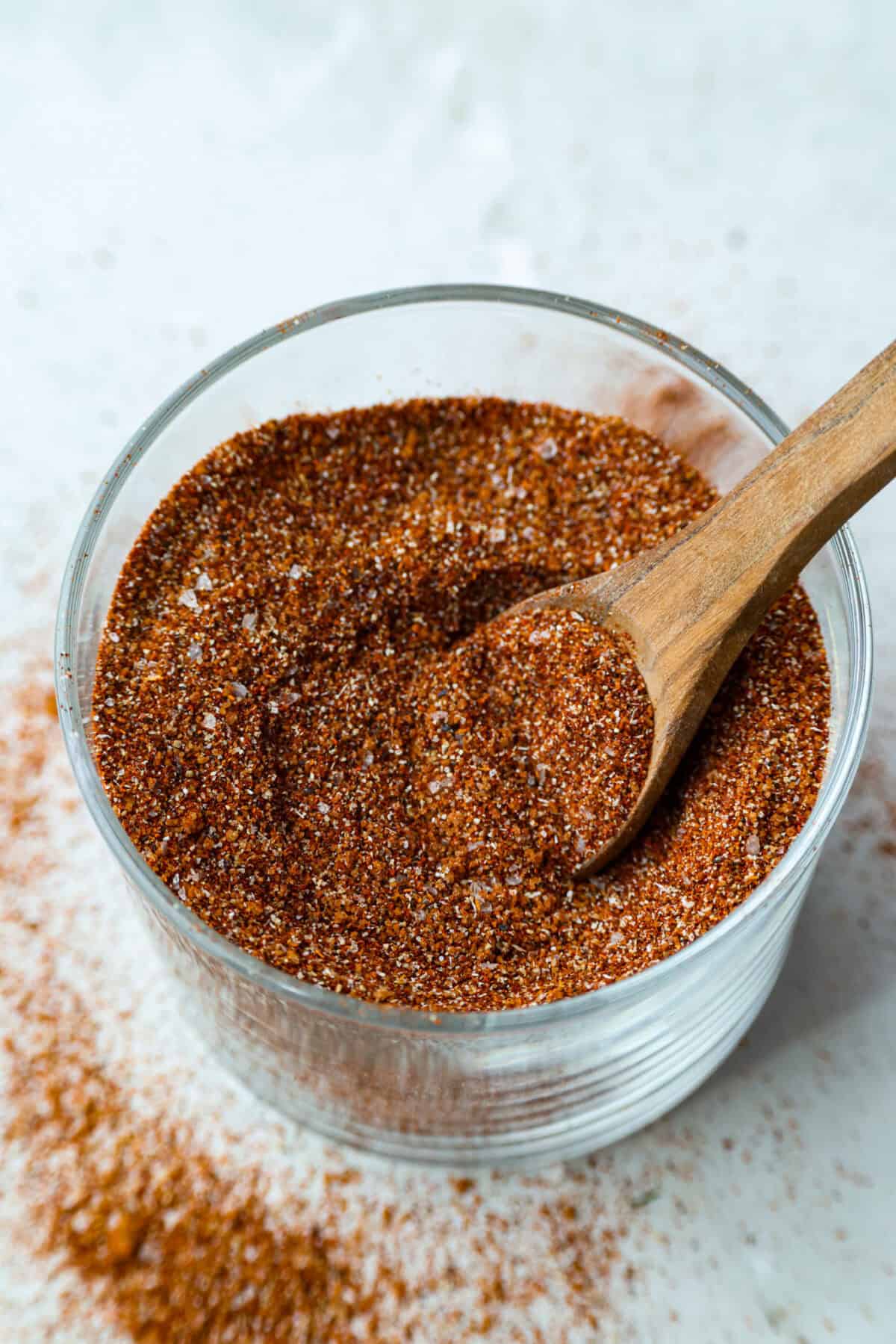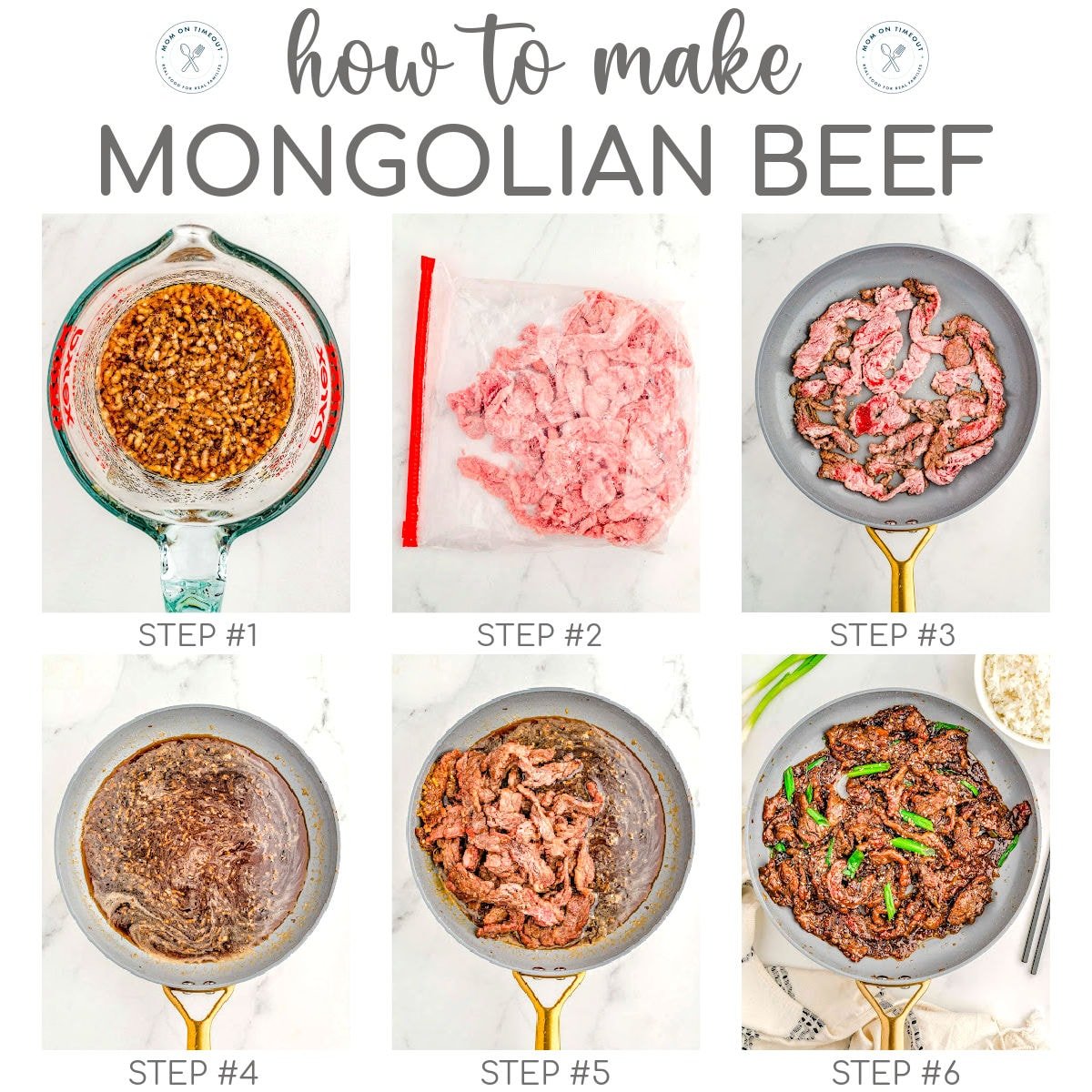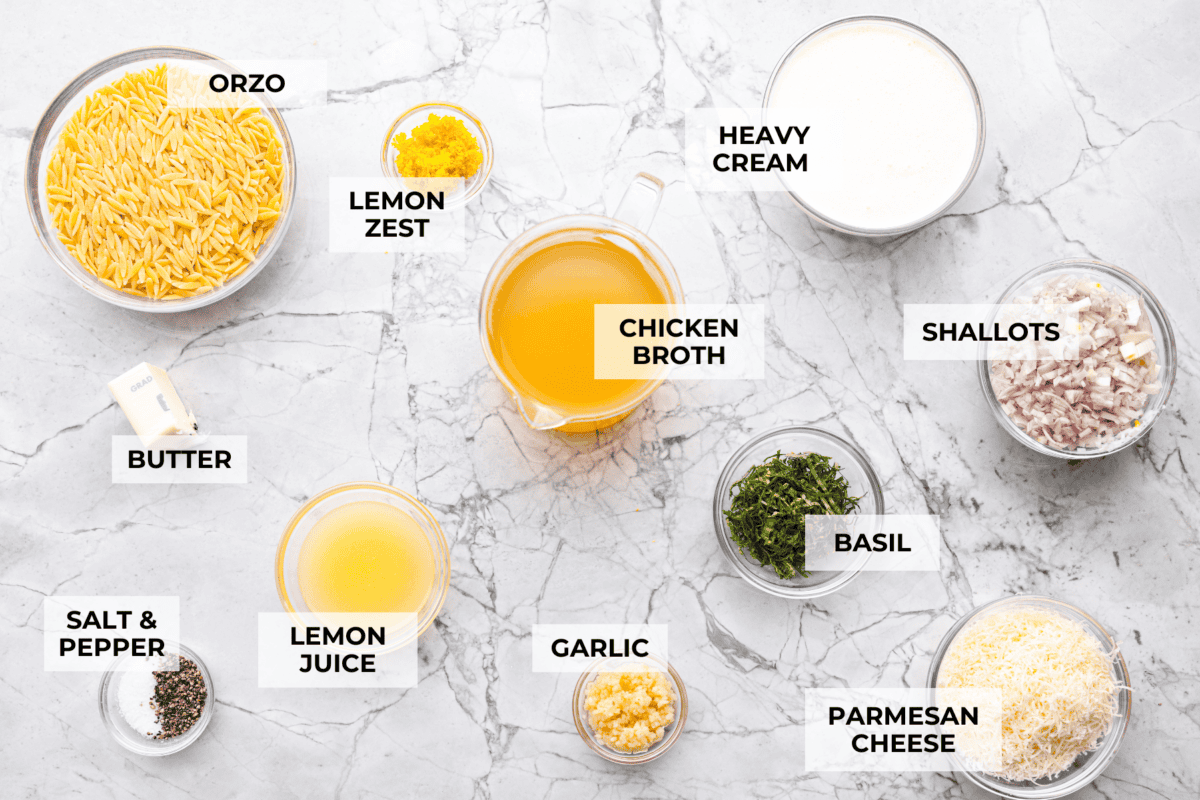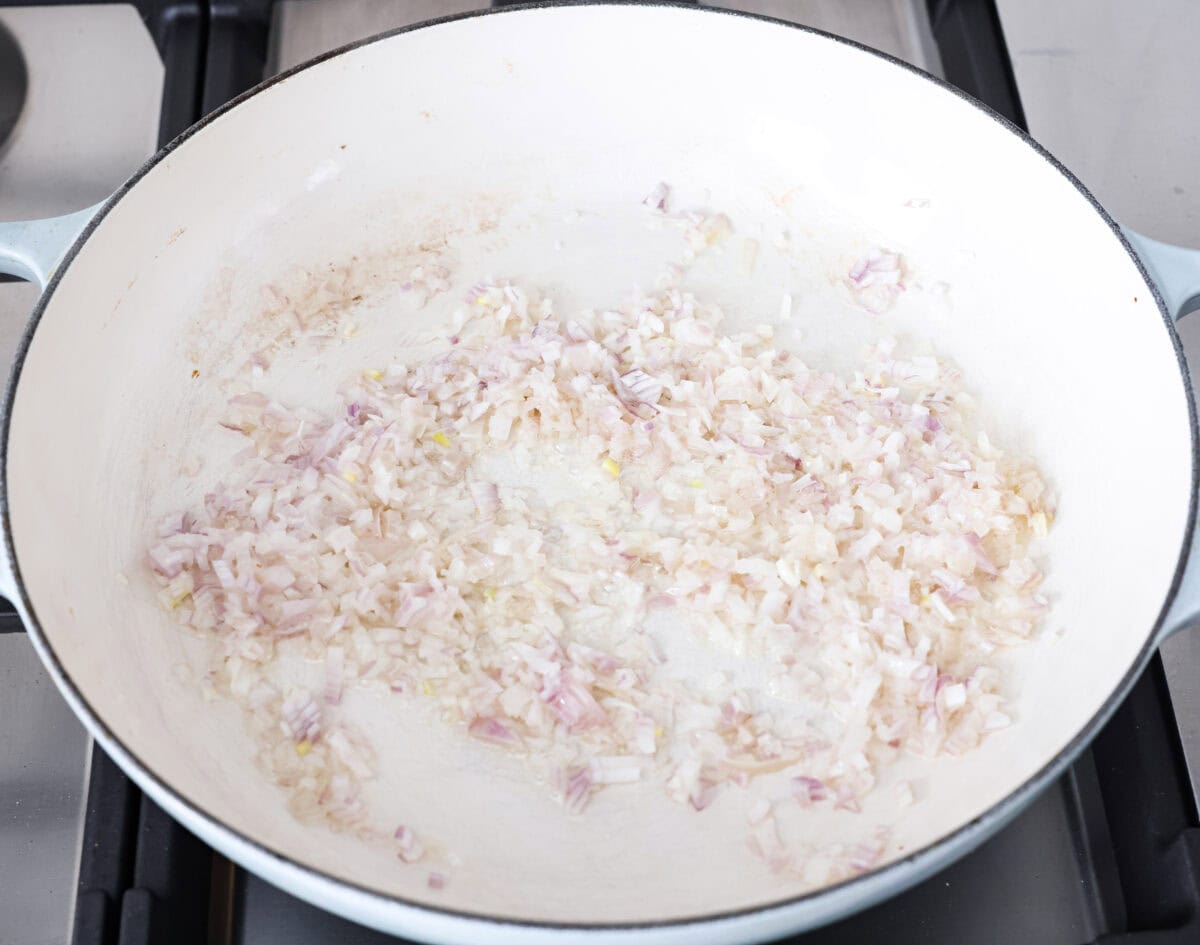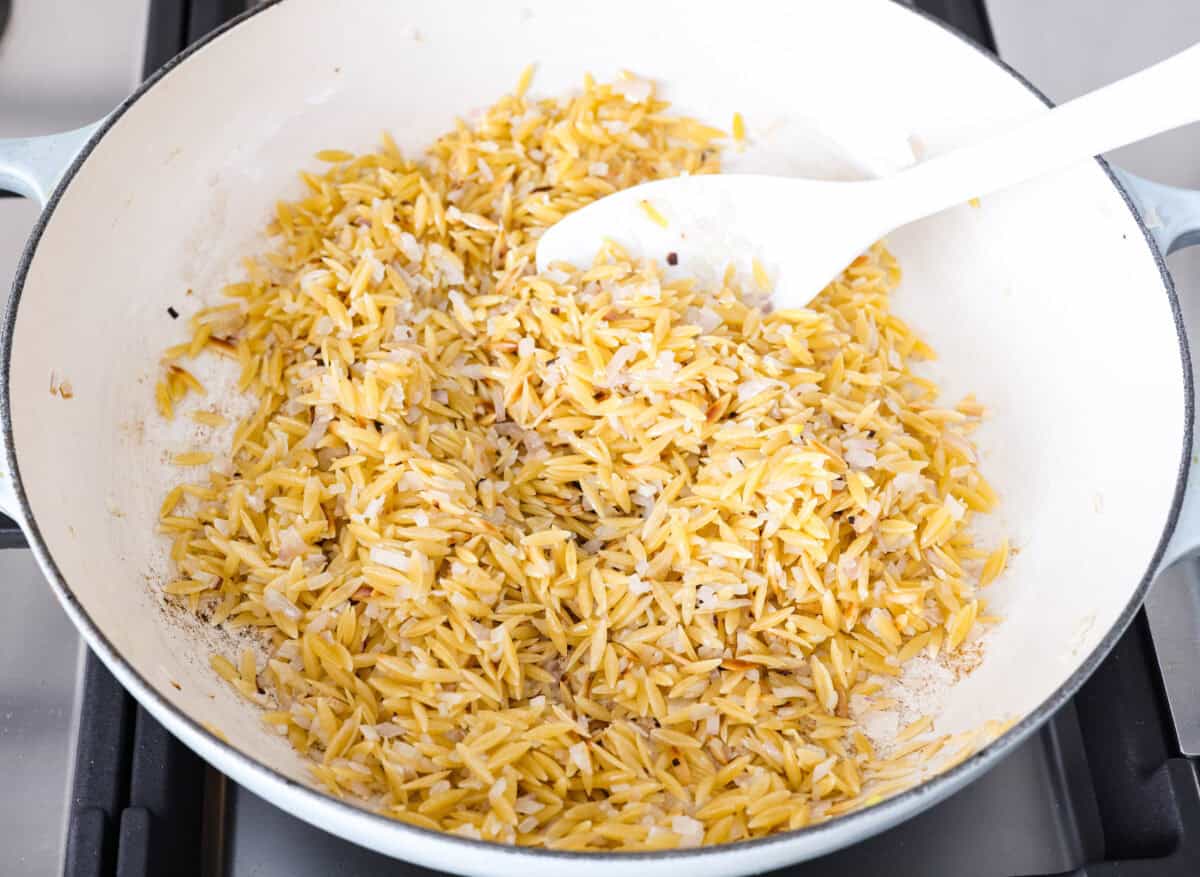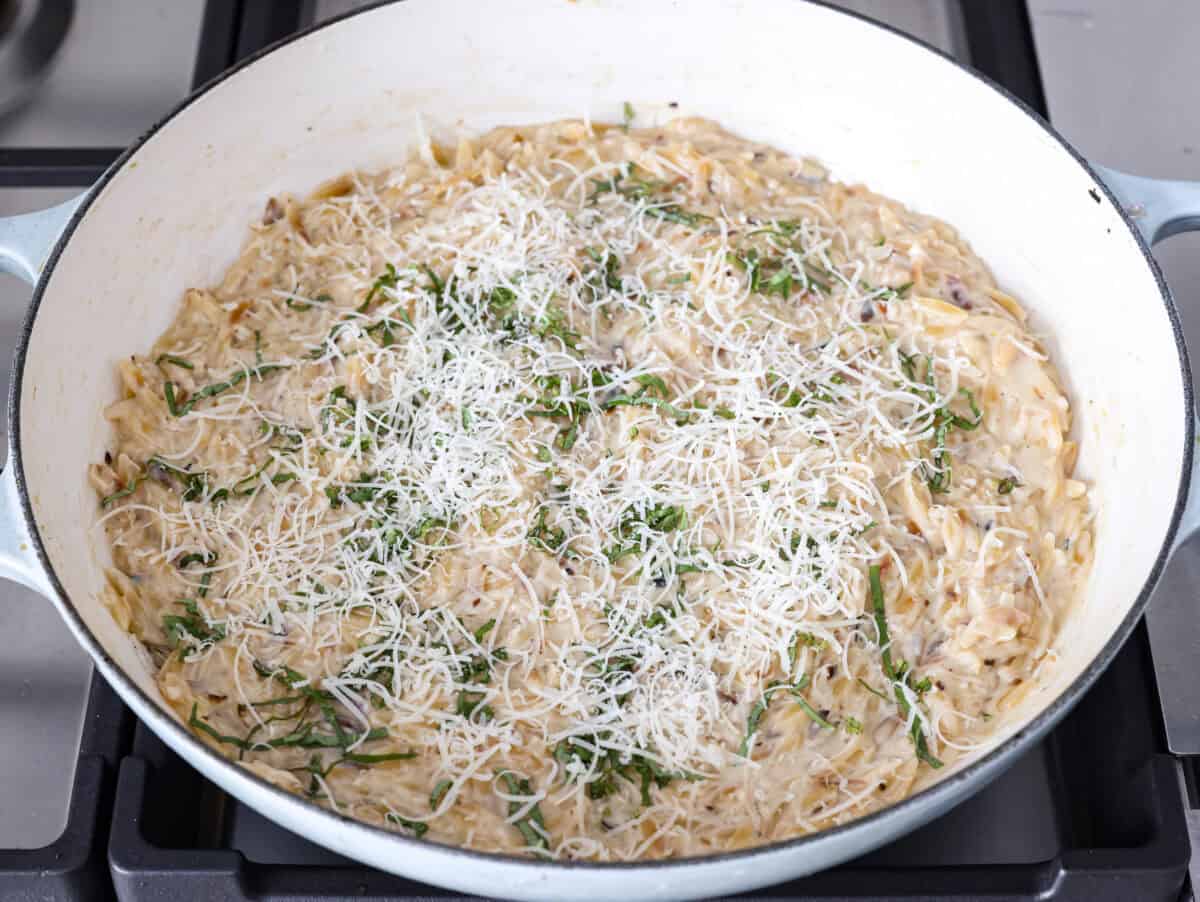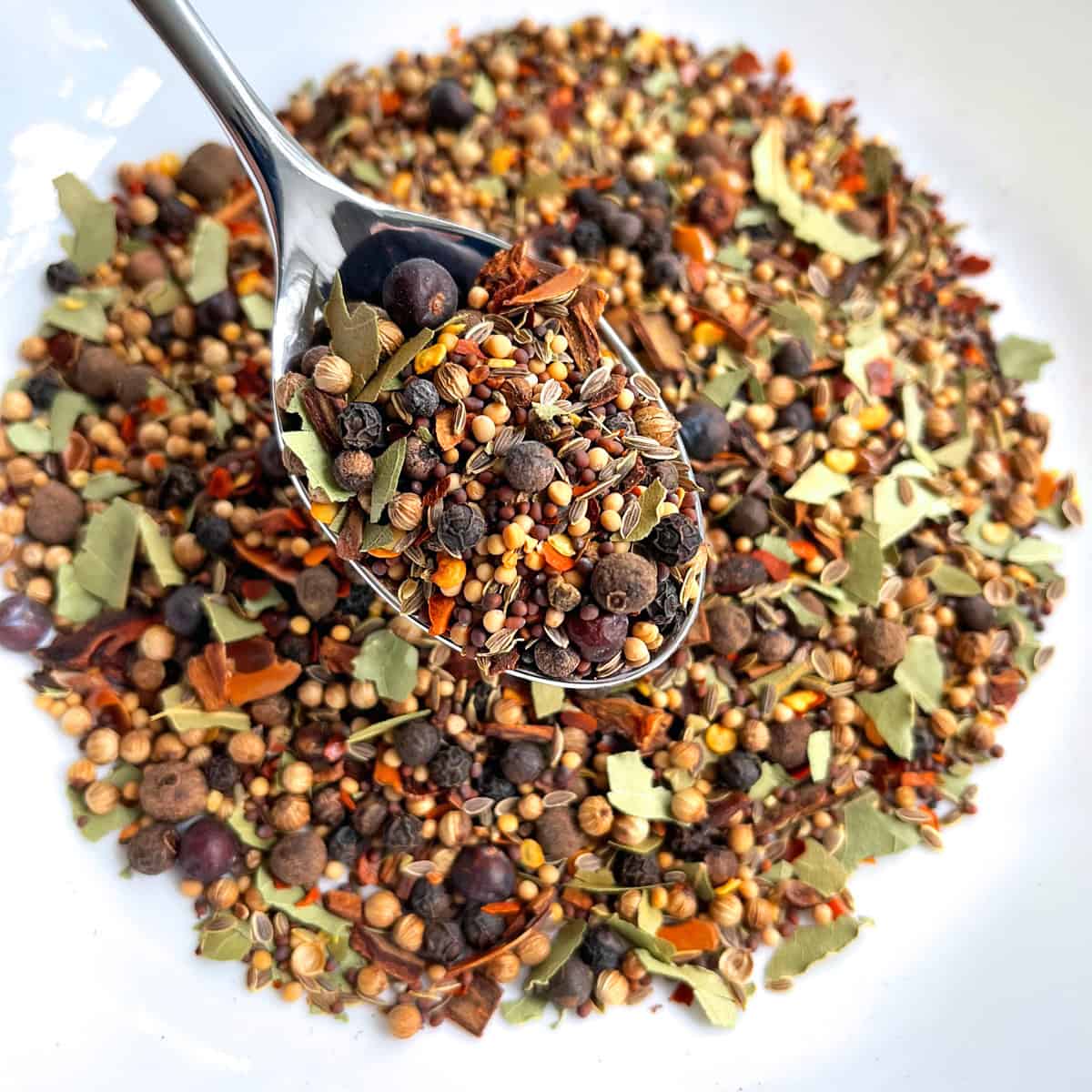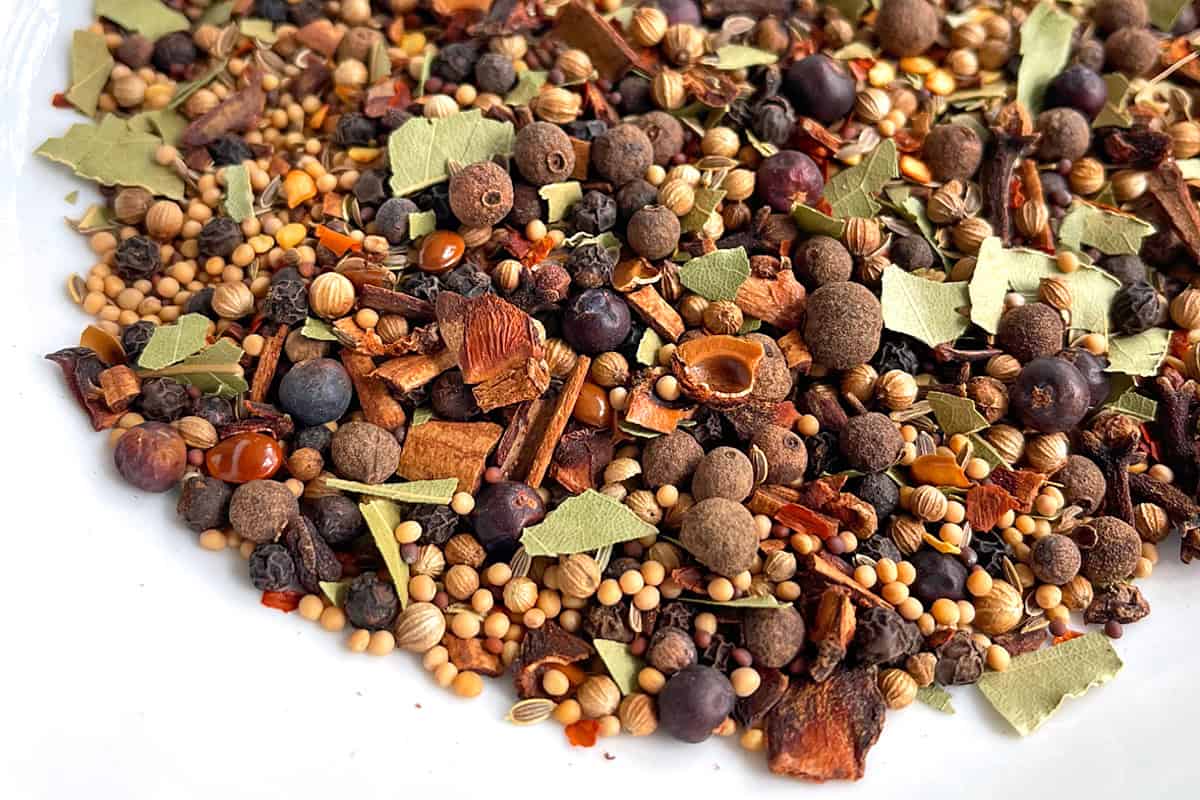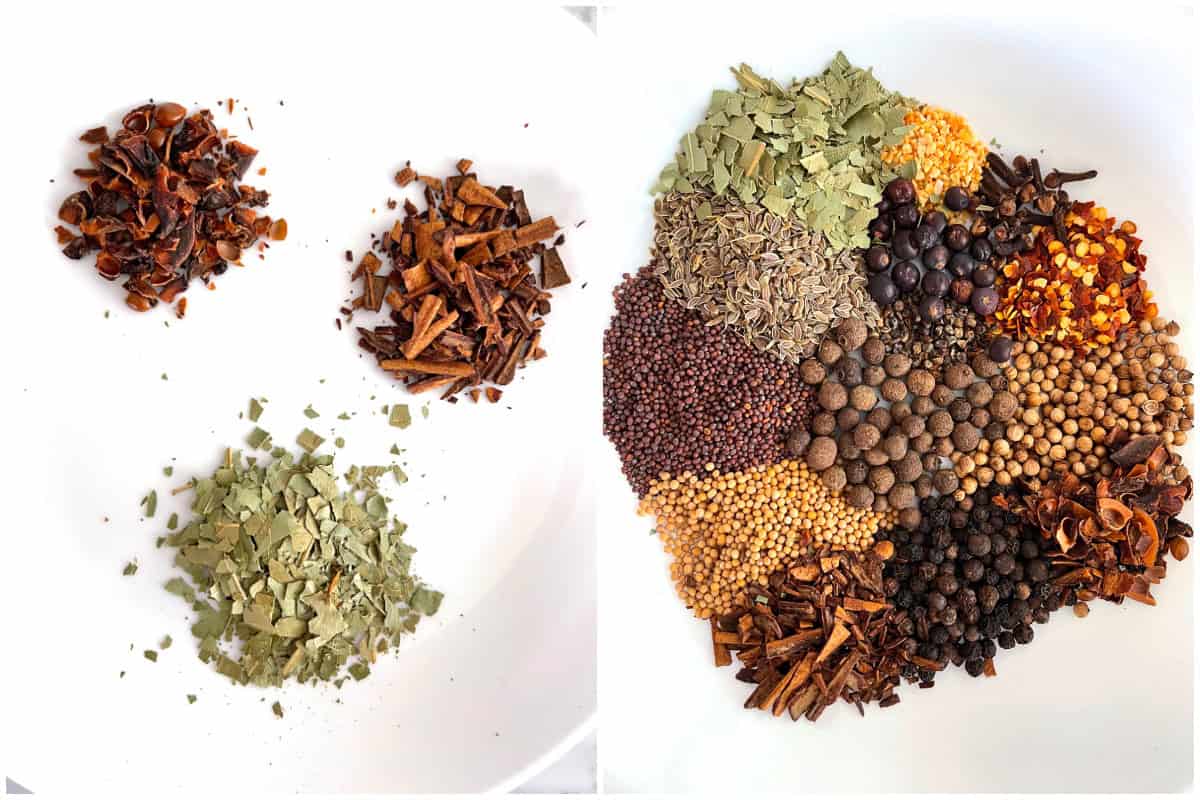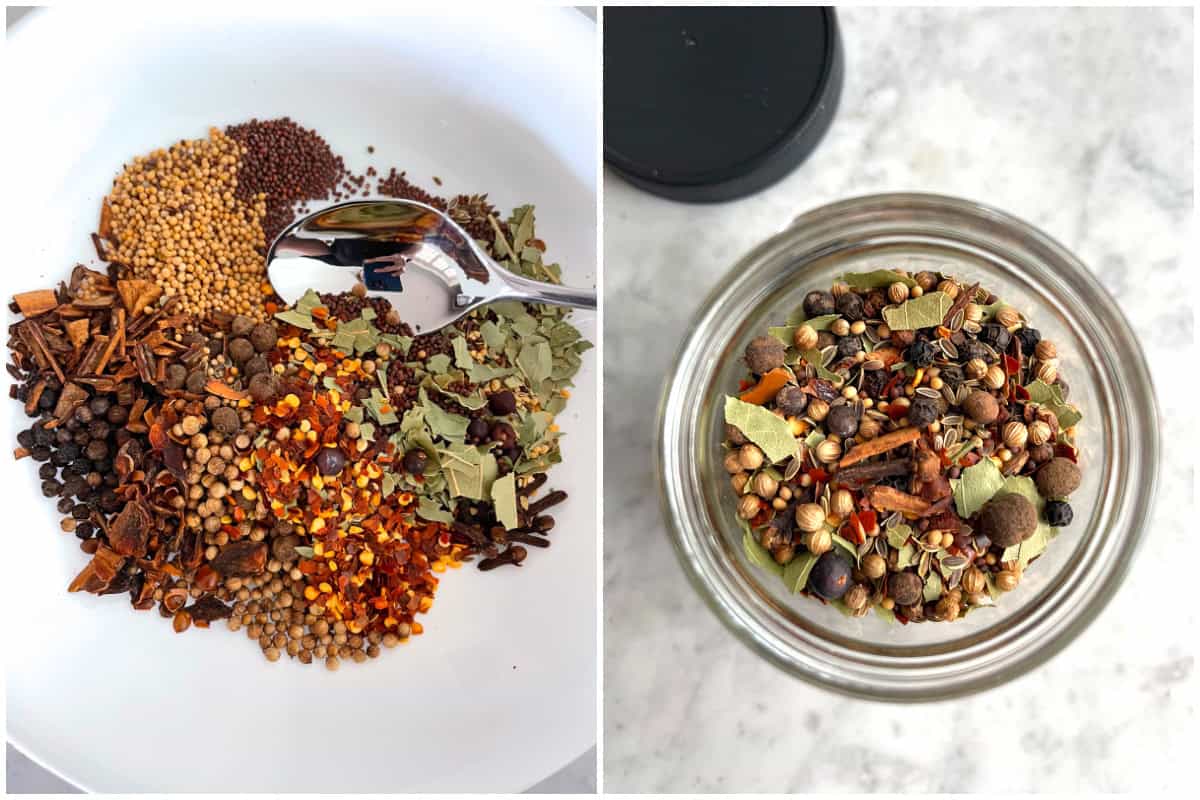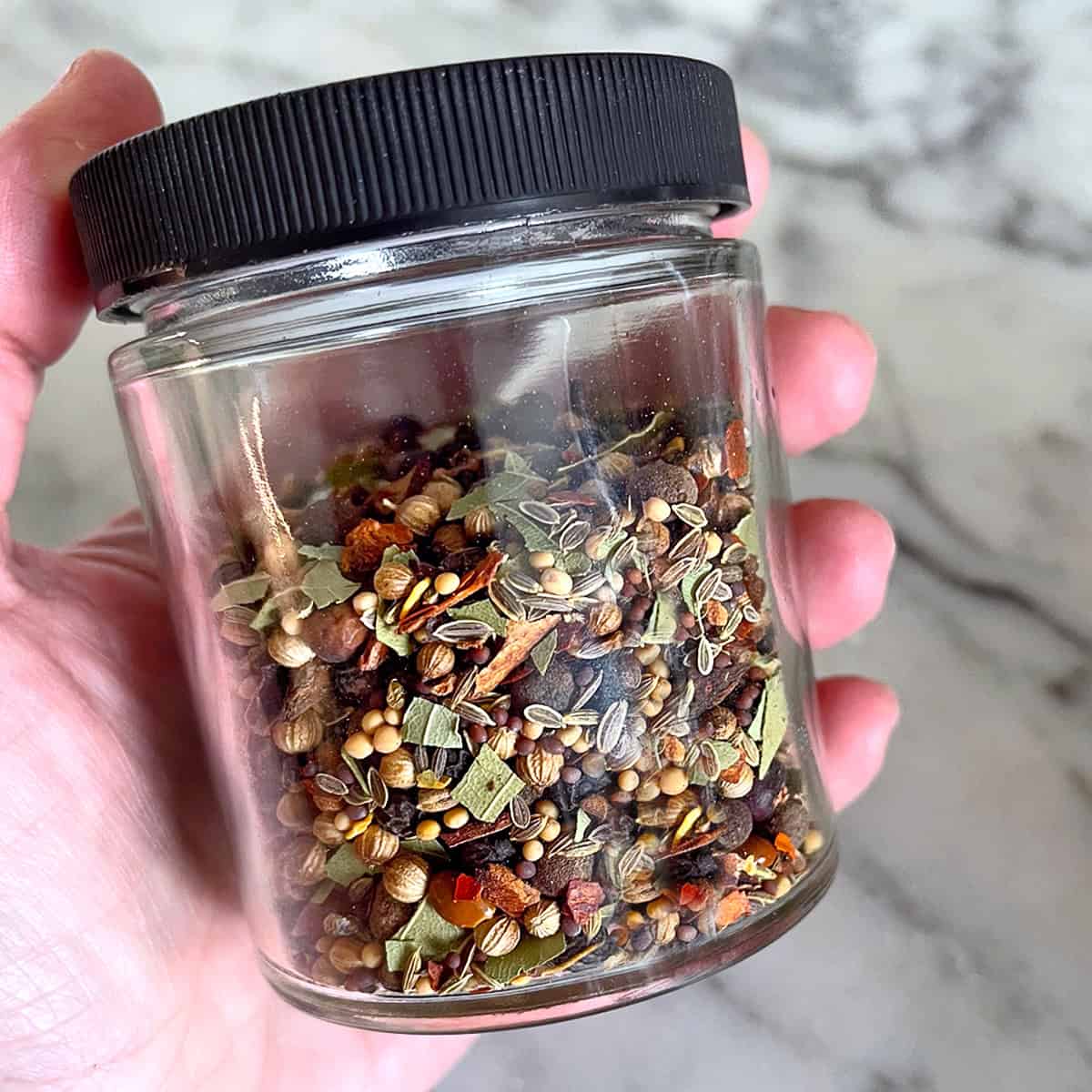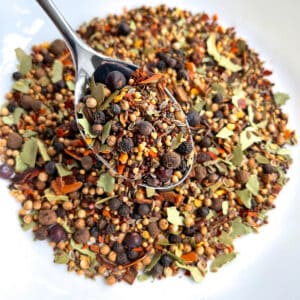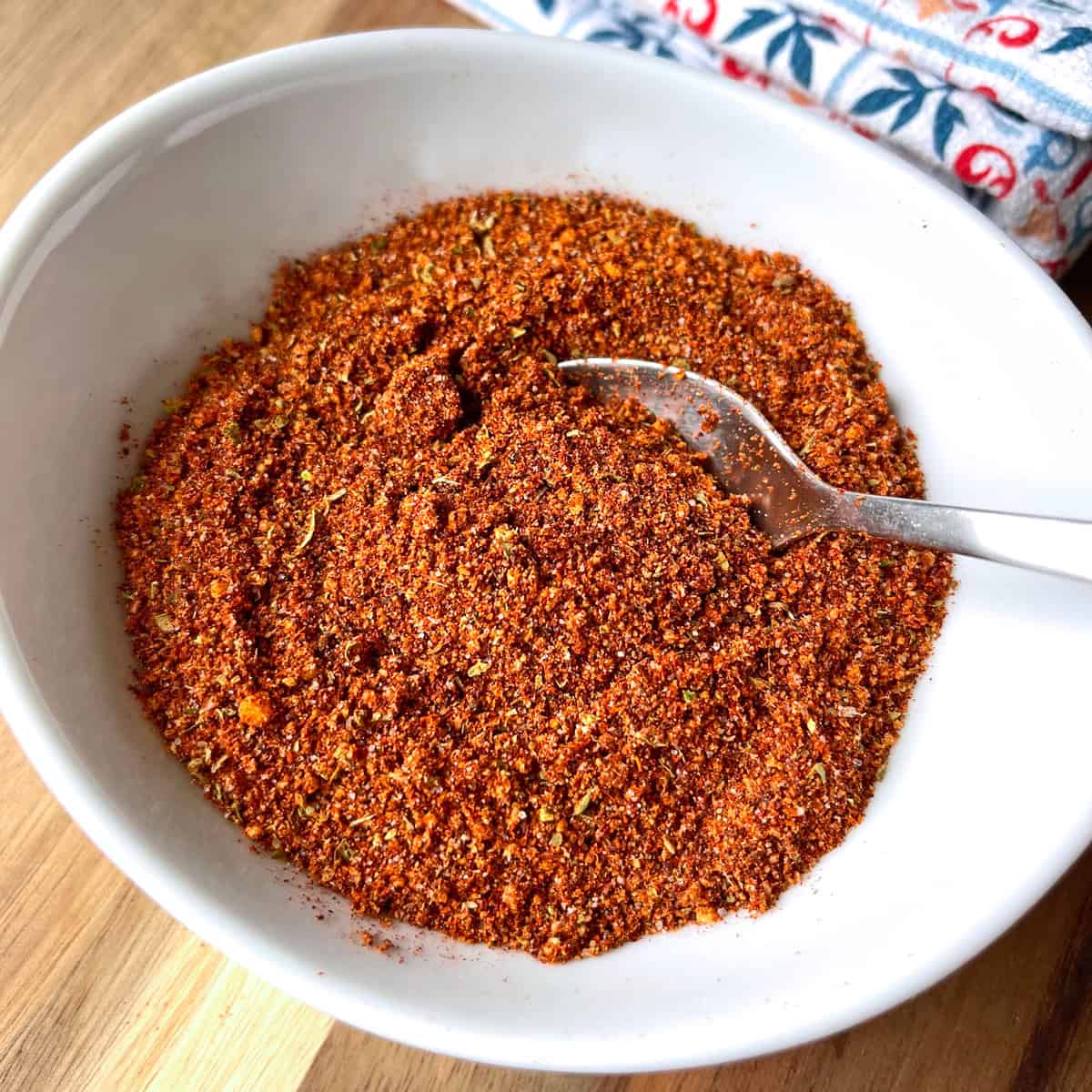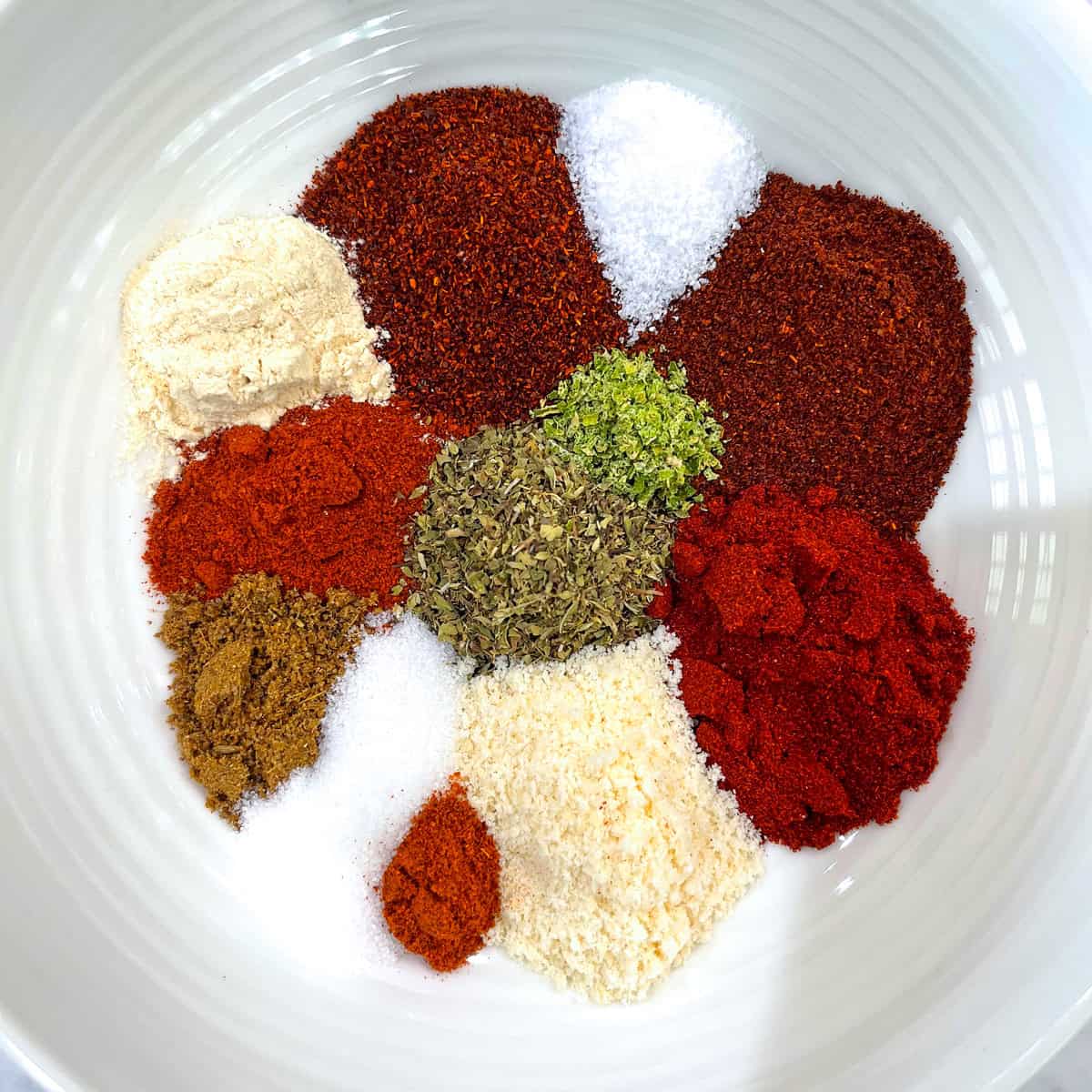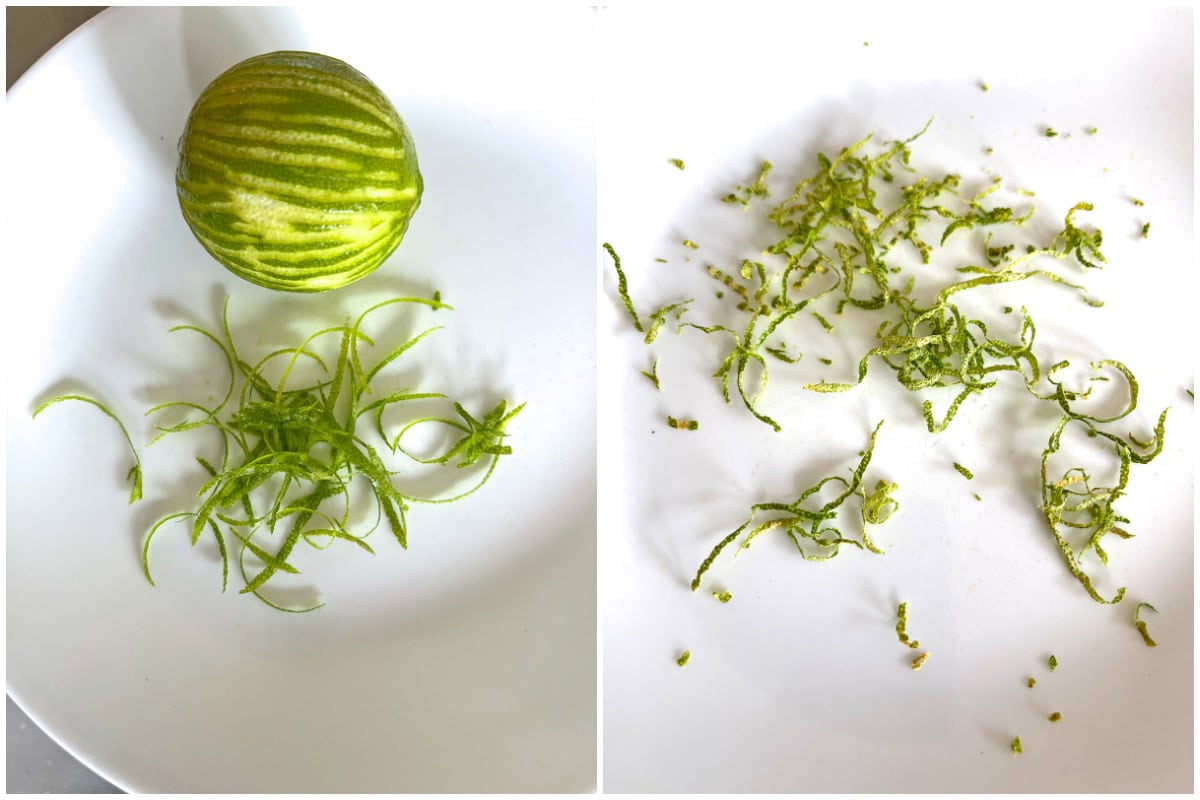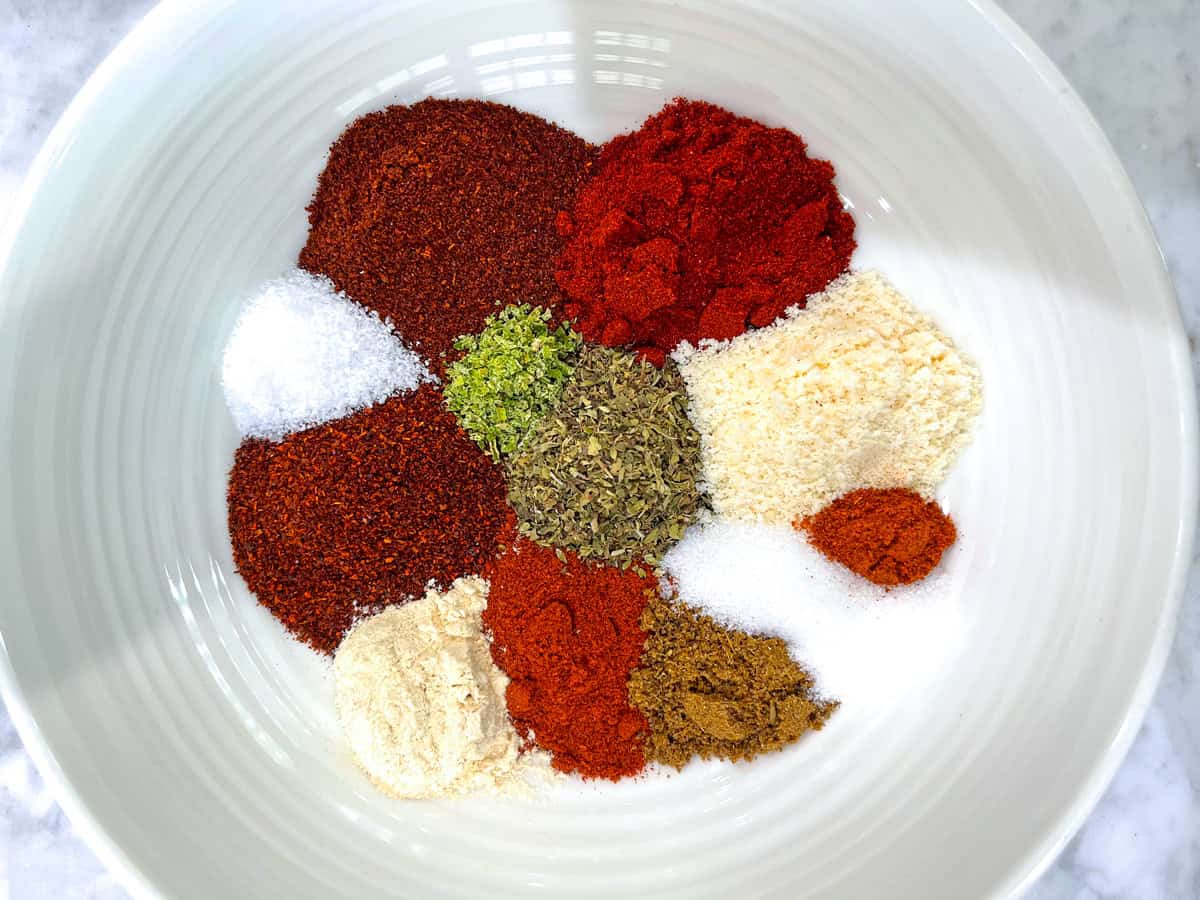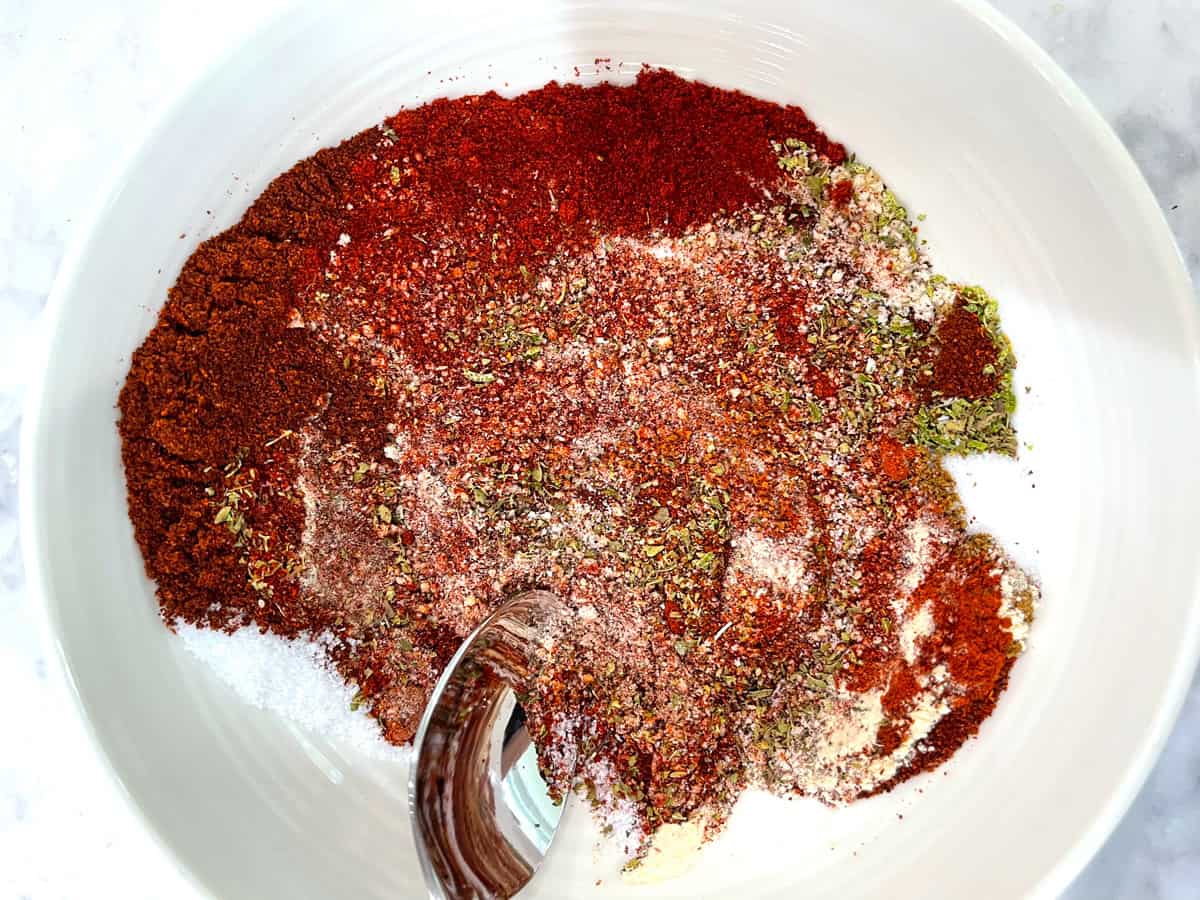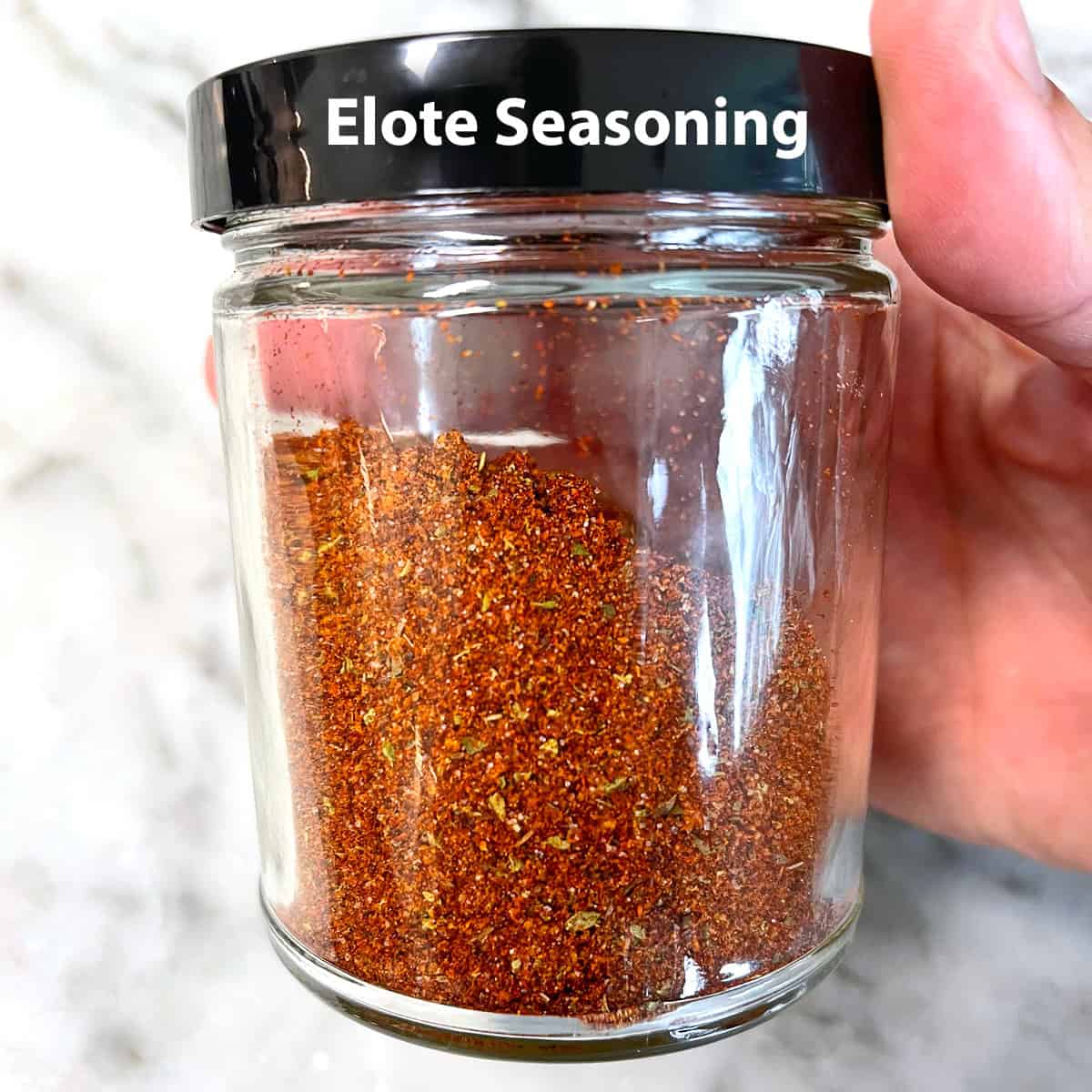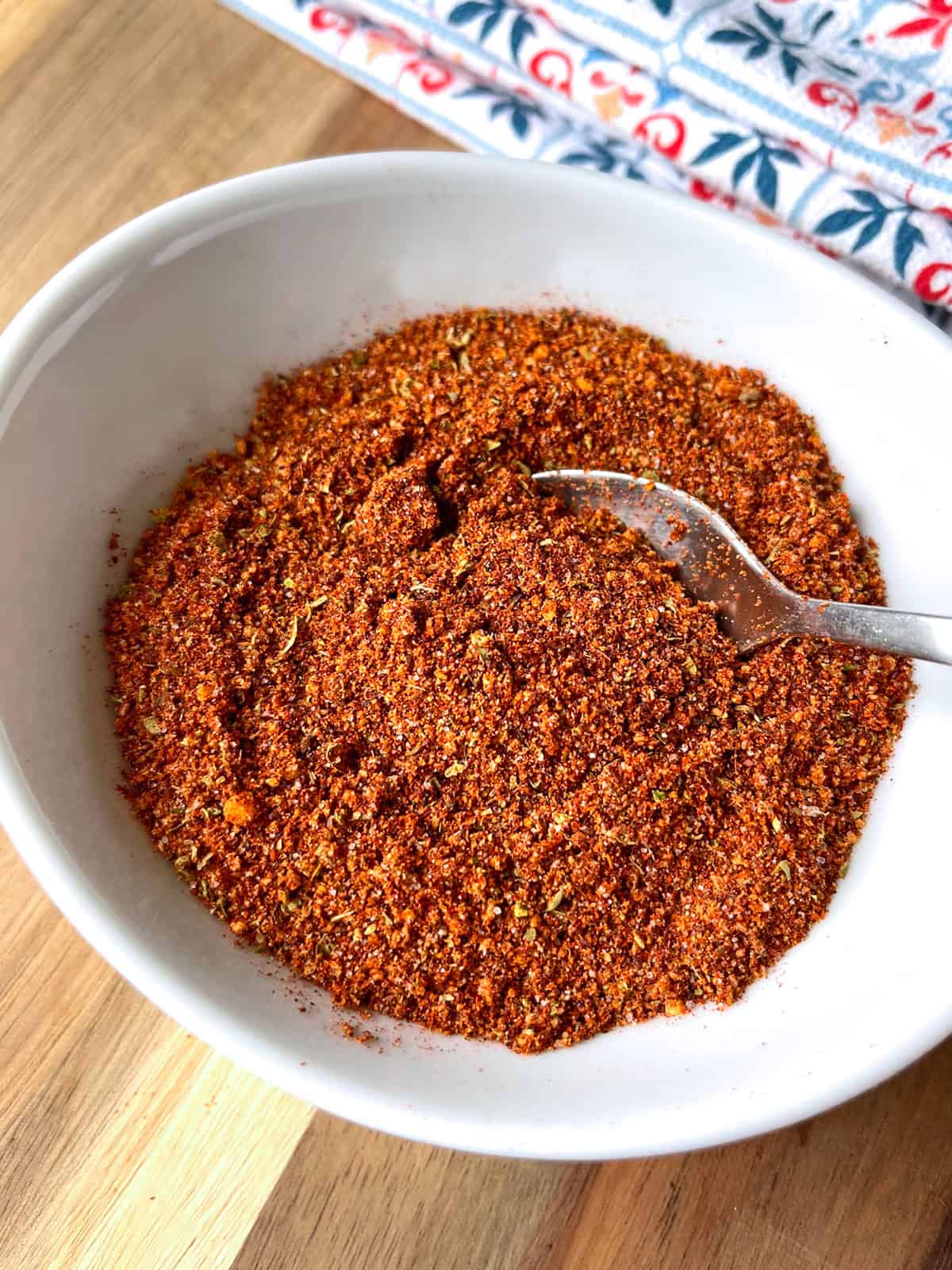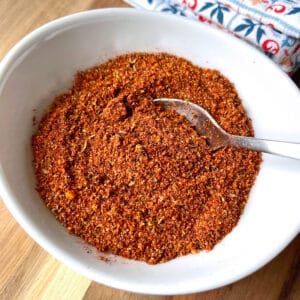Homemade sopapillas are deliciously fried pillows of dough from New Mexico. Whenever I want a sweet treat, I whip these up with simple pantry ingredients and enjoy them with a drizzle of sweet honey. The puffed dough is crispy and airy, and so easy to make. Whether dusted with cinnamon sugar, served plain or with traditional honey, they’re always a hit in my kitchen!

For me, making homemade sopapillas is like a little trip to the Southwest. These golden, puffed-up beauties are quick bread that fries up light and hollow, begging to be drizzled with honey or sprinkled with cinnamon sugar.
I grew up eating fried dough and churros at fairs with a heaping coat of powdered sugar. These sopapillas remind me of those carefree days, but with a delicious Southwestern twist. Their light, crispy exterior, and hollow center make them perfect for soaking up sweet honey or carrying a dusting of cinnamon sugar, creating a treat that’s both simple and irresistible.
What’s in This Homemade Sopapillas Recipe
- All-Purpose Flour: All-purpose flour adds structure to the dough.
- Baking Powder: Baking powder is essential in this recipe to puff up the dough.
- Shortening: Adds tenderness, flakiness, and crispness while ensuring a soft interior and neutral flavor, perfect for frying.
- Frying Oil: I like vegetable oil for frying. Any high smoke point oil will work.
- Honey: I like drizzling my mini-fried pockets of dough with honey. You can also use a cinnamon sugar mix or powdered sugar.
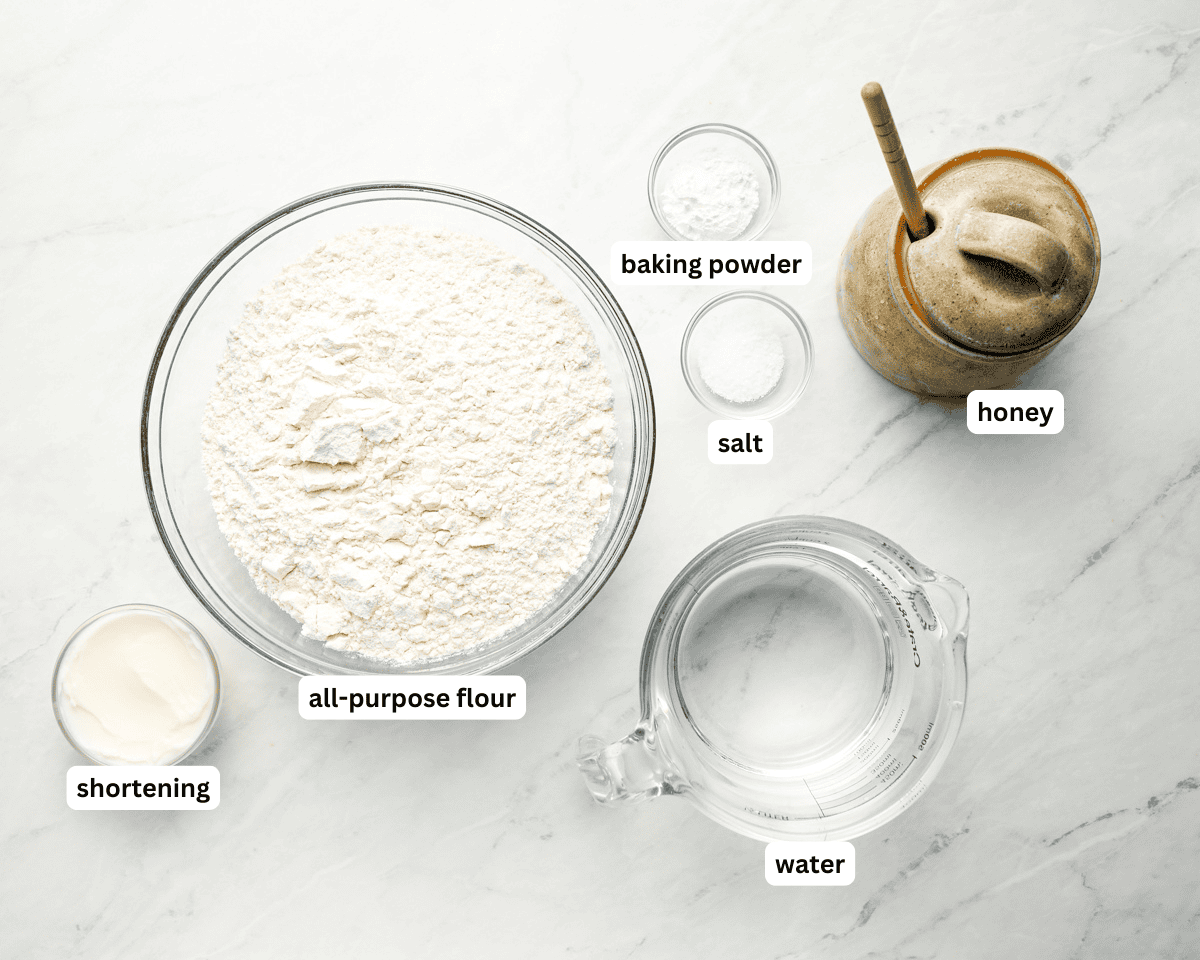
Tips For Success
- Warm tap water is essential to melt the shortening and incorporate the dough.
- Test that the oil is hot enough by dropping one sopapilla or a scrap of dough first. If the oil bubbles and the dough starts to puff up and turn golden within a few seconds, the oil is hot enough. If it doesn’t bubble or puff up, the oil needs more time to heat. If it browns too quickly, the oil is too hot and should be adjusted.
- Fry only a few pieces at a time to avoid overcrowding the pot, which can lower the oil temperature and result in soggy sopapillas.
- When frying in batches, allow the oil to return to 375°F before frying the next batch.
How to Store and Reheat
If you have leftover sopapillas, store them in an airtight container at room temperature for up to a day. Reheat in the oven or air fryer to restore crispness.

Serving Suggestions
Traditional sopapillas are drizzled with honey, but you can also dust them with powdered sugar, cinnamon sugar, or even a drizzle of melted chocolate for a dessert twist. My family loves these all the same ways we’d enjoy fried dough at the fair, and we love them for Cinco de Mayo. I’ve also tried this recipe with a pinch of cinnamon or nutmeg to the dough for a subtle twist. We love to enjoy them with cups of hot drinking chocolate!
Prevent your screen from going dark
- Warm tap water is essential to melt the shortening and incorporate the dough.
- Test that the oil is hot enough by dropping one sopapilla or a scrap of dough first. If the oil bubbles and the dough starts to puff up and turn golden within a few seconds, the oil is hot enough. If it doesn’t bubble or puff up, the oil needs more time to heat. If it browns too quickly, the oil is too hot and should be adjusted.
- Fry only a few pieces at a time to avoid overcrowding the pot, which can lower the oil temperature and result in soggy sopapillas.
- When frying in batches, allow the oil to return to 375°F before frying the next batch.
- If you have leftovers, store them in an airtight container at room temperature for up to a day. Reheat in the oven or air fryer to restore crispness.
Serving: 1servingCalories: 555kcalCarbohydrates: 21gProtein: 3gFat: 52gSaturated Fat: 8gPolyunsaturated Fat: 29gMonounsaturated Fat: 12gTrans Fat: 1gSodium: 178mgPotassium: 30mgFiber: 1gSugar: 0.1gCalcium: 31mgIron: 1mg
Nutrition information is automatically calculated, so should only be used as an approximation.
How to Make Homemade Sopapillas Step by Step
Combine the Ingredients: Grab a large mixing bowl and whisk together 4 cups of all-purpose flour, 2 tsp baking powder, and 1 tsp salt. Add ¼ cup shortening and 1 ½ cups warm water to the dry ingredients.
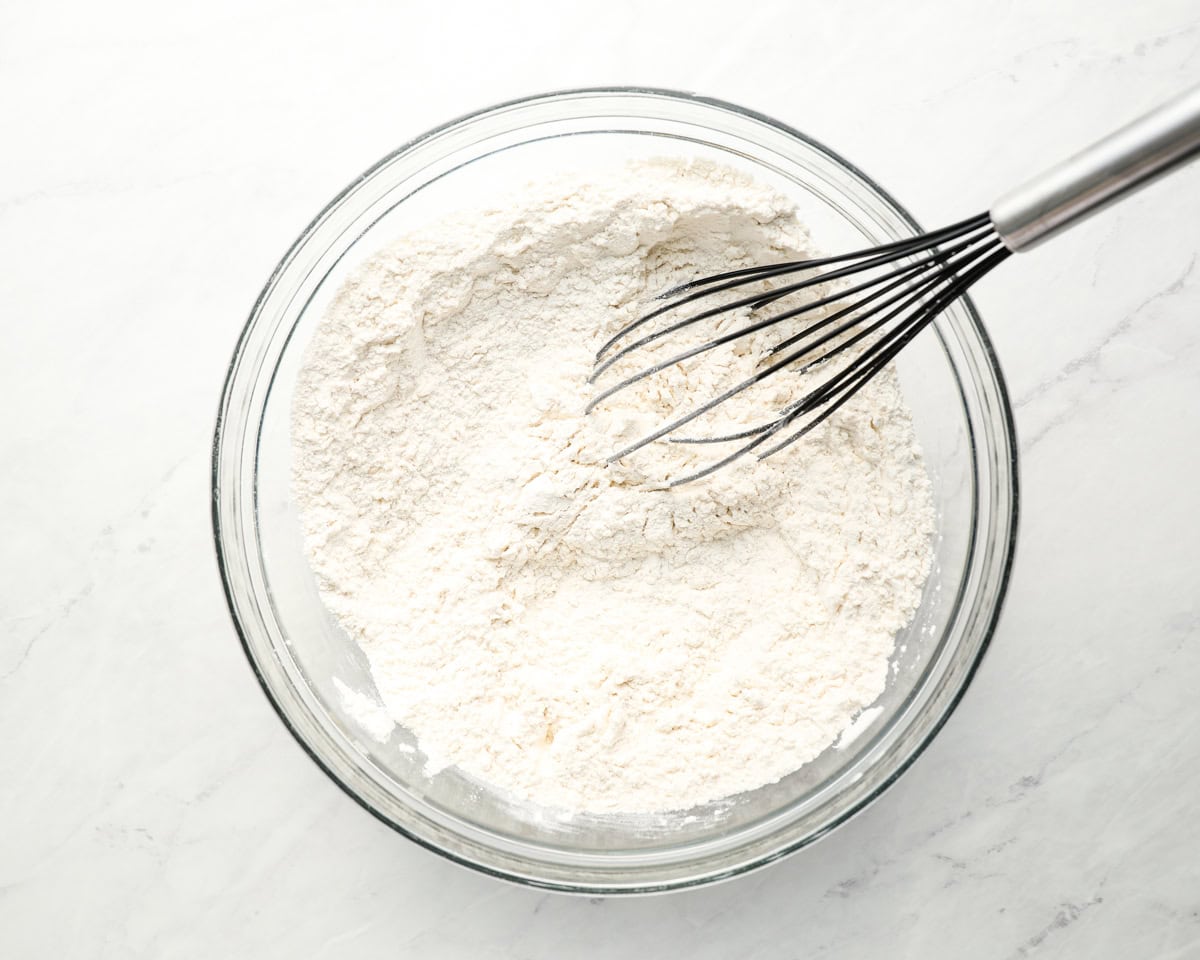
Form the Dough: Using a spatula or spoon, mix the ingredients together until a dough forms. Cover the mixing bowl and set it aside to rest at room temperature for 20 minutes.
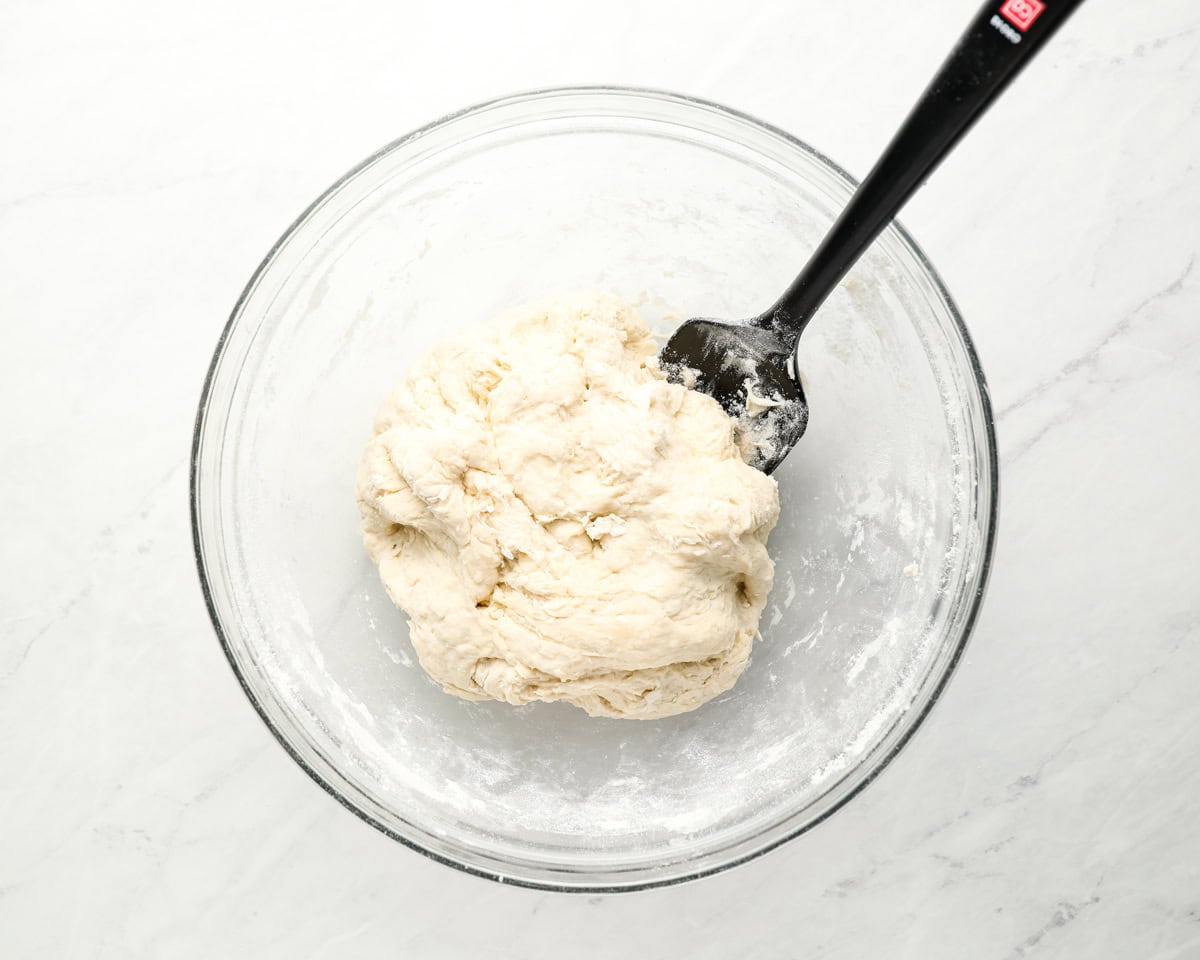
Roll out the Dough: Place the dough on a lightly floured, clean workspace. Roll the dough into a ¼-inch thick rectangle.
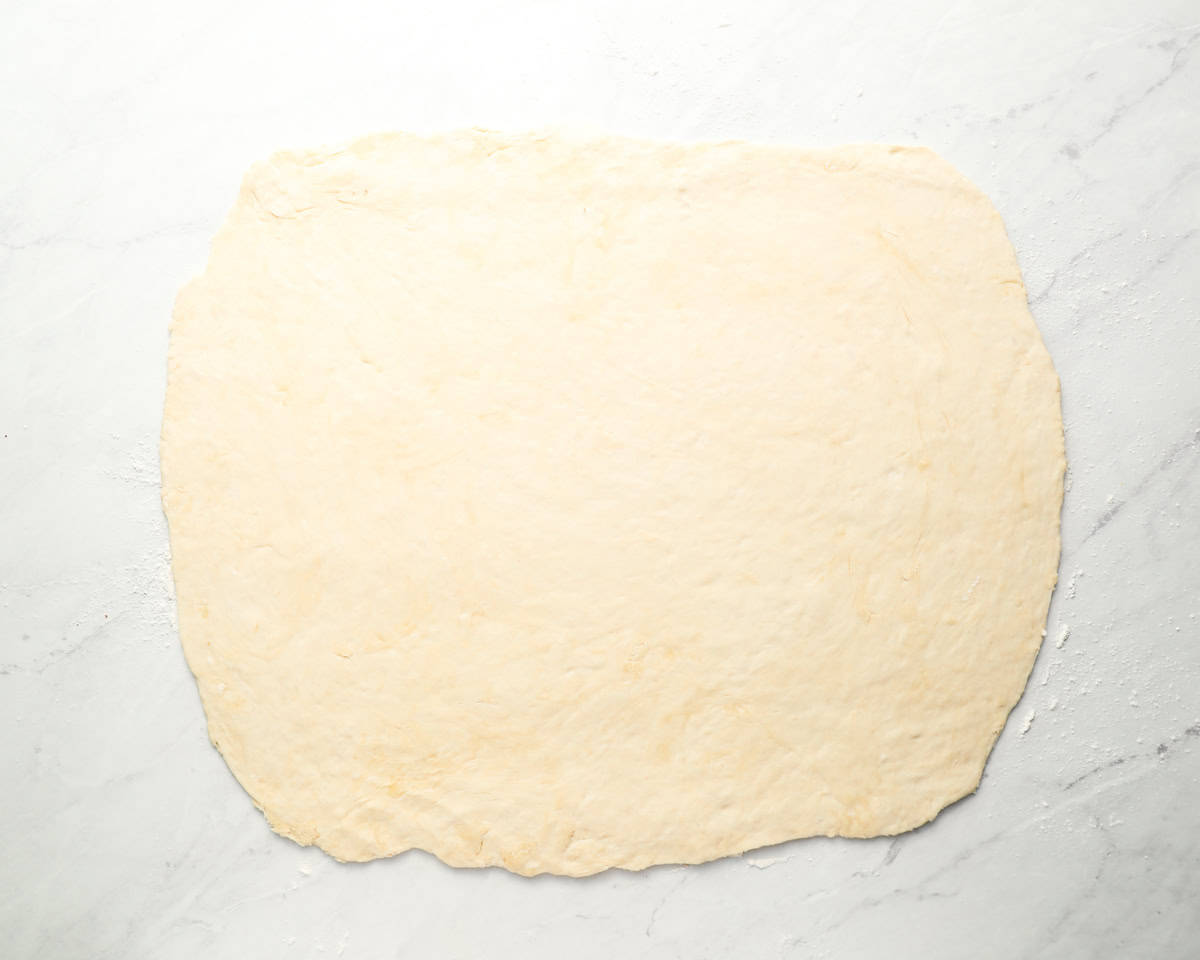
Portion out the Dough: Using a pizza cutter, cut the dough into 3-inch squares. Don’t worry about them being perfect.
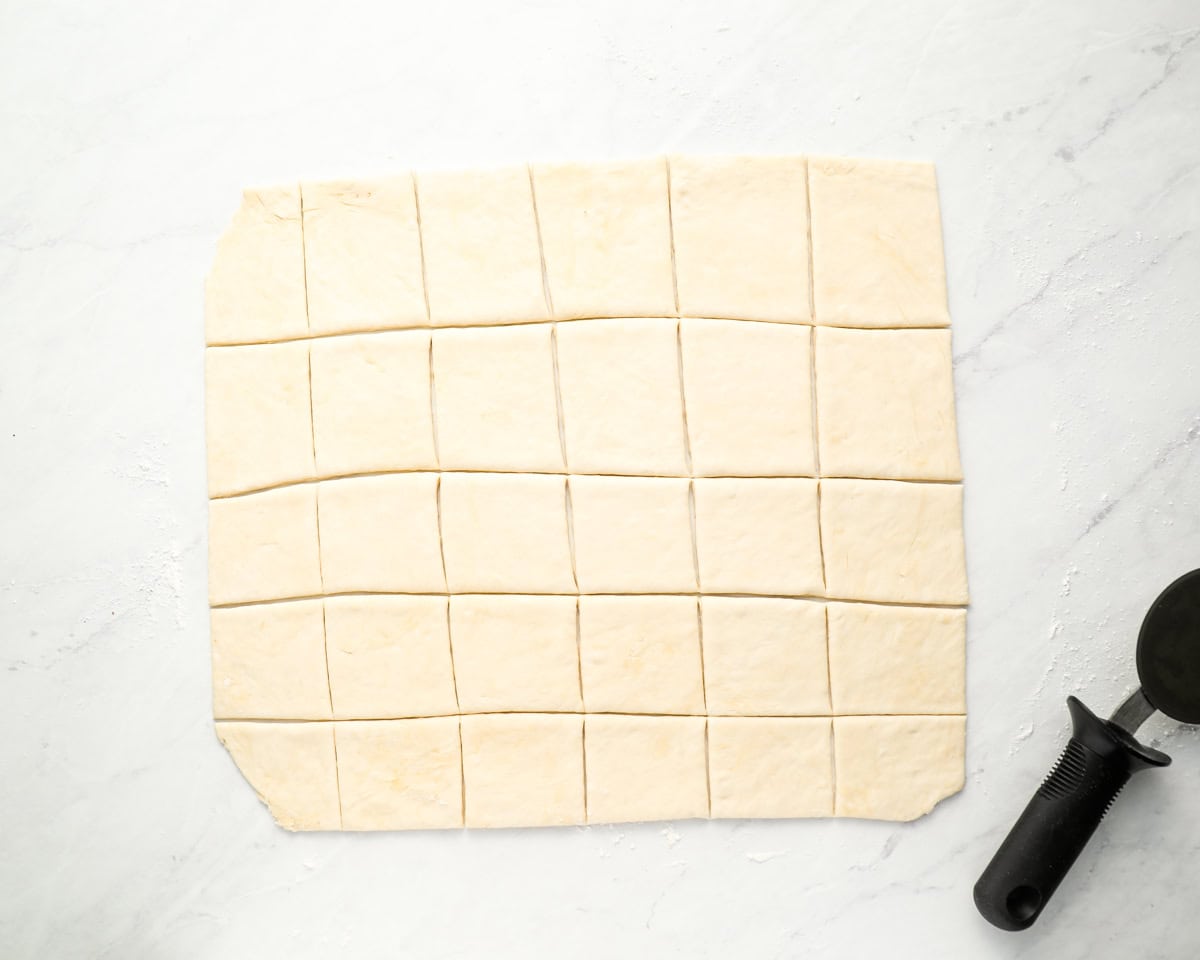
Heat the Frying Oil: Heat up 1 ½ inches of frying oil in a Dutch oven. The oil should reach 375°F before frying. Use a thermometer to check the temperature. Line a baking sheet with paper towels.
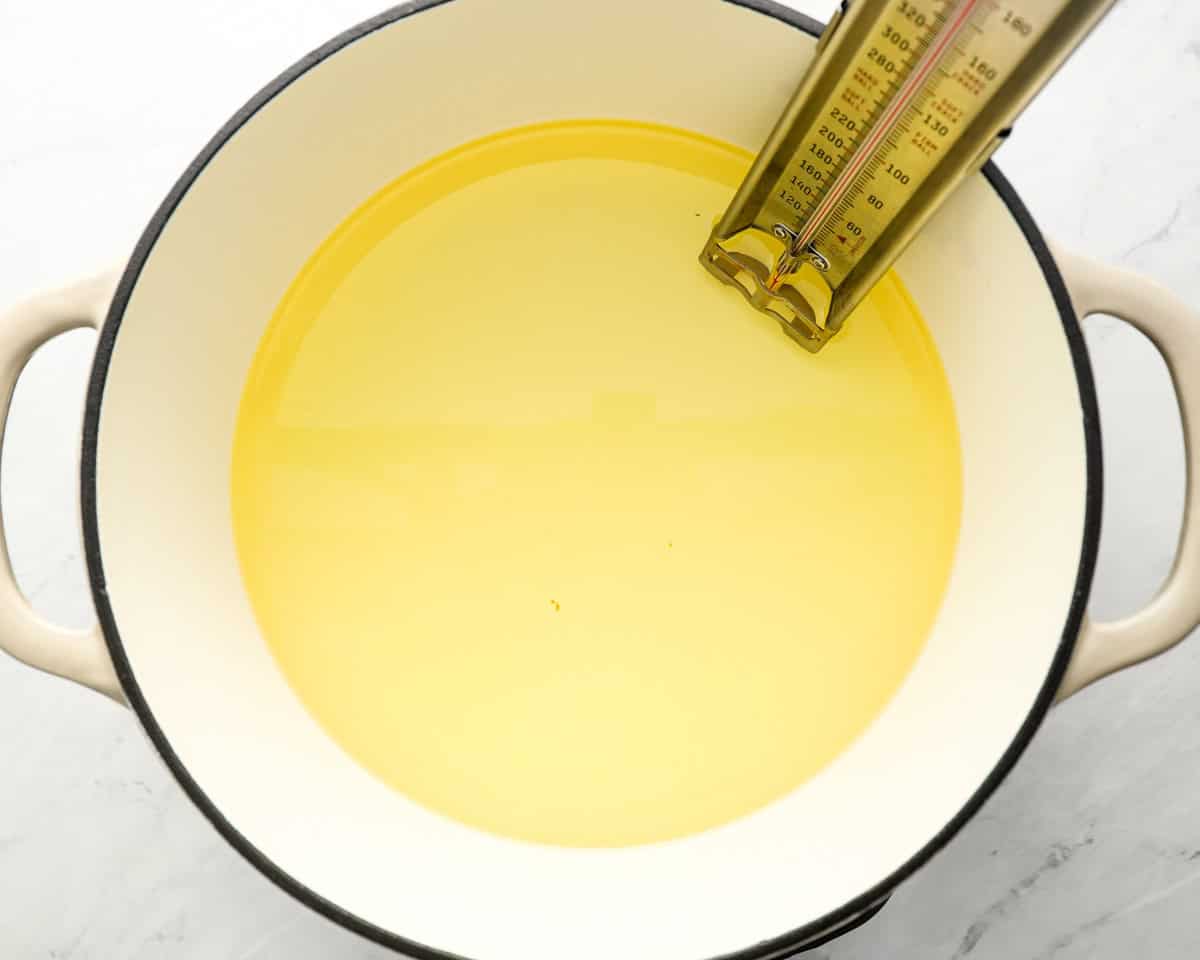
Fry the Dough: Once the temperature of the oil has reached 375°F, fry the sopapillas in batches until they’re golden and puffed. This should take about 1-2 minutes per side.
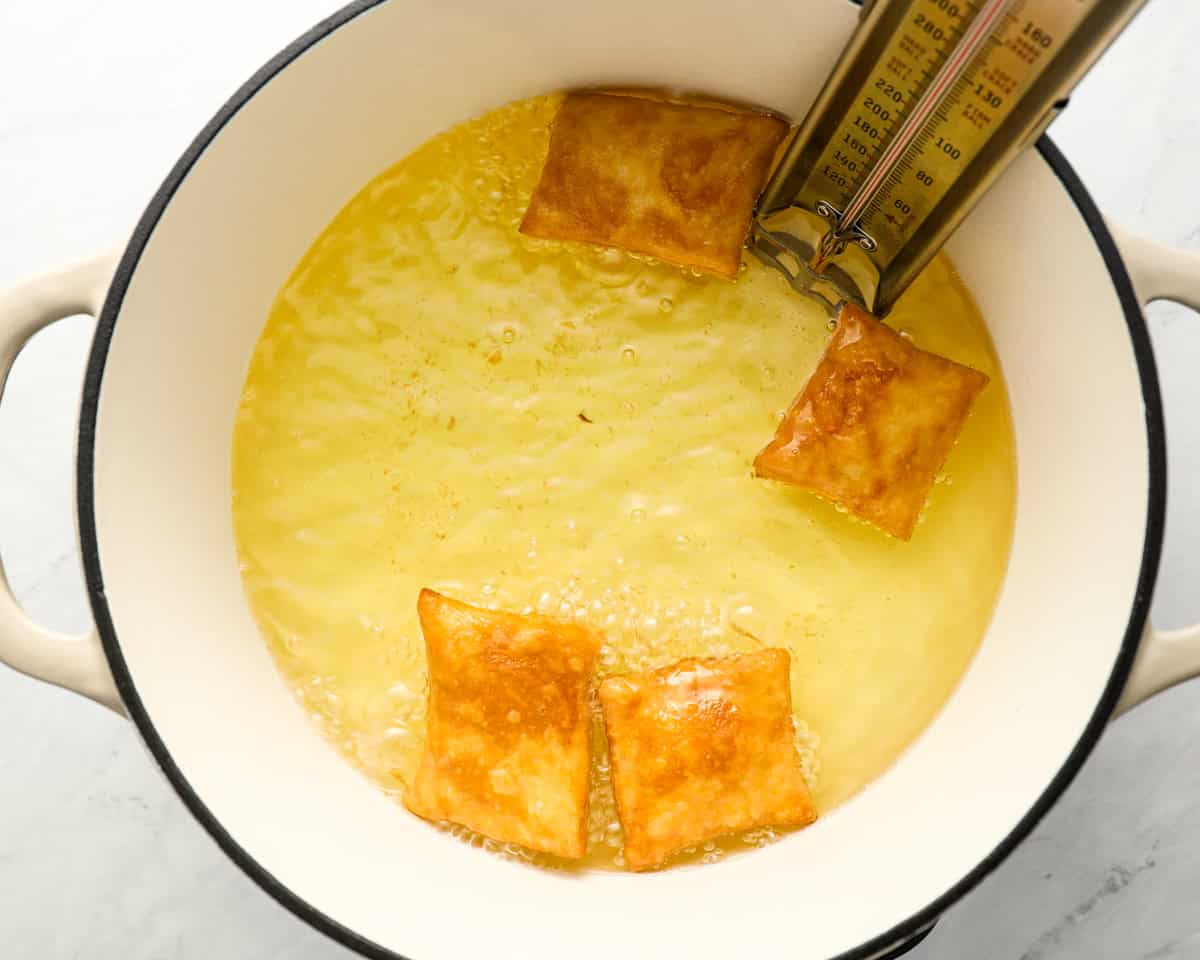
Drain the Fried Dough: Remove the sopapillas from the oil using a slotted spoon and place them on the lined baking sheets to drain.

Finish the Sopapillas: Repeat until all the sopapillas are fried. Serve warm with a drizzle of honey or cinnamon sugar. Enjoy!




